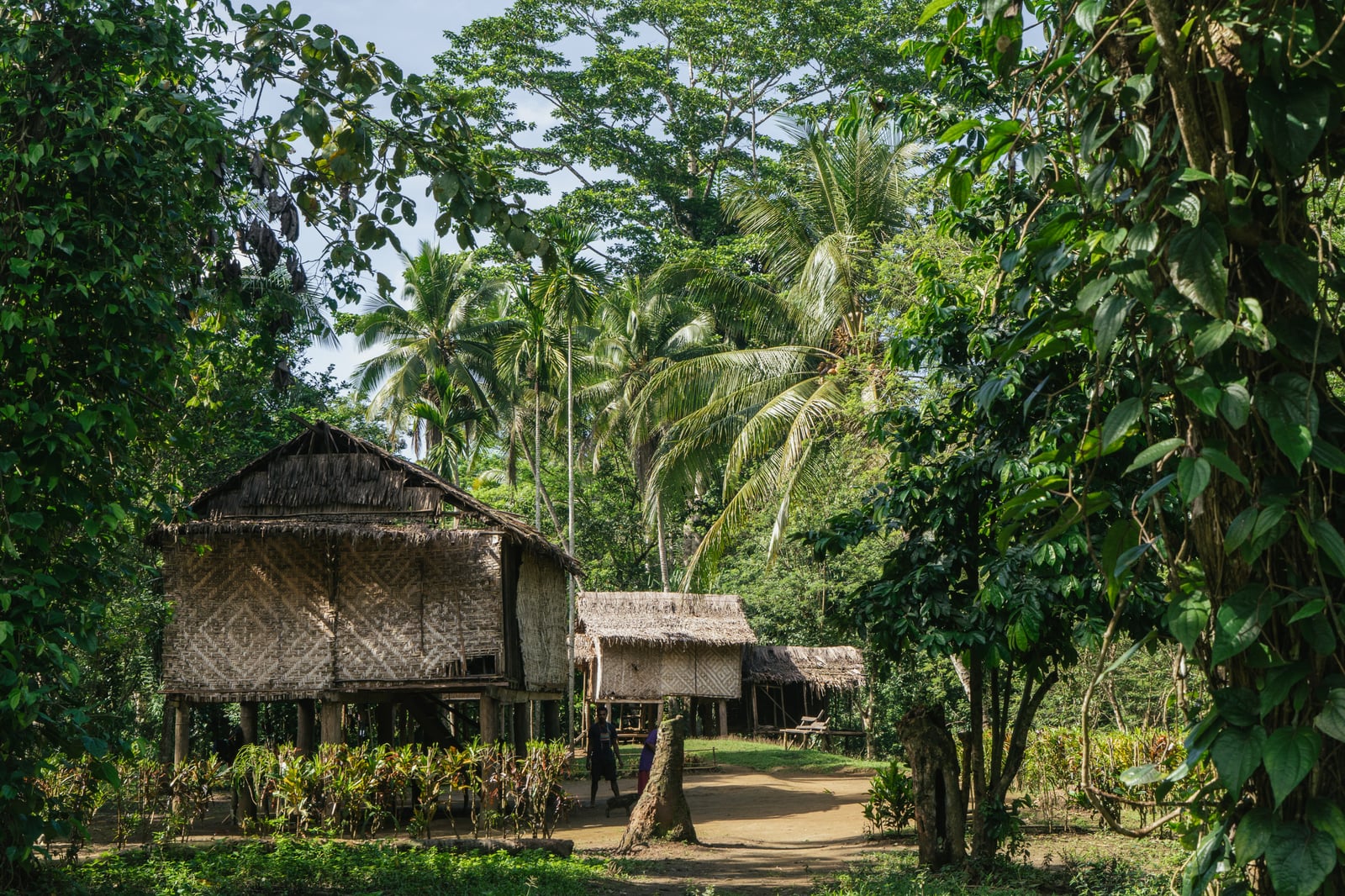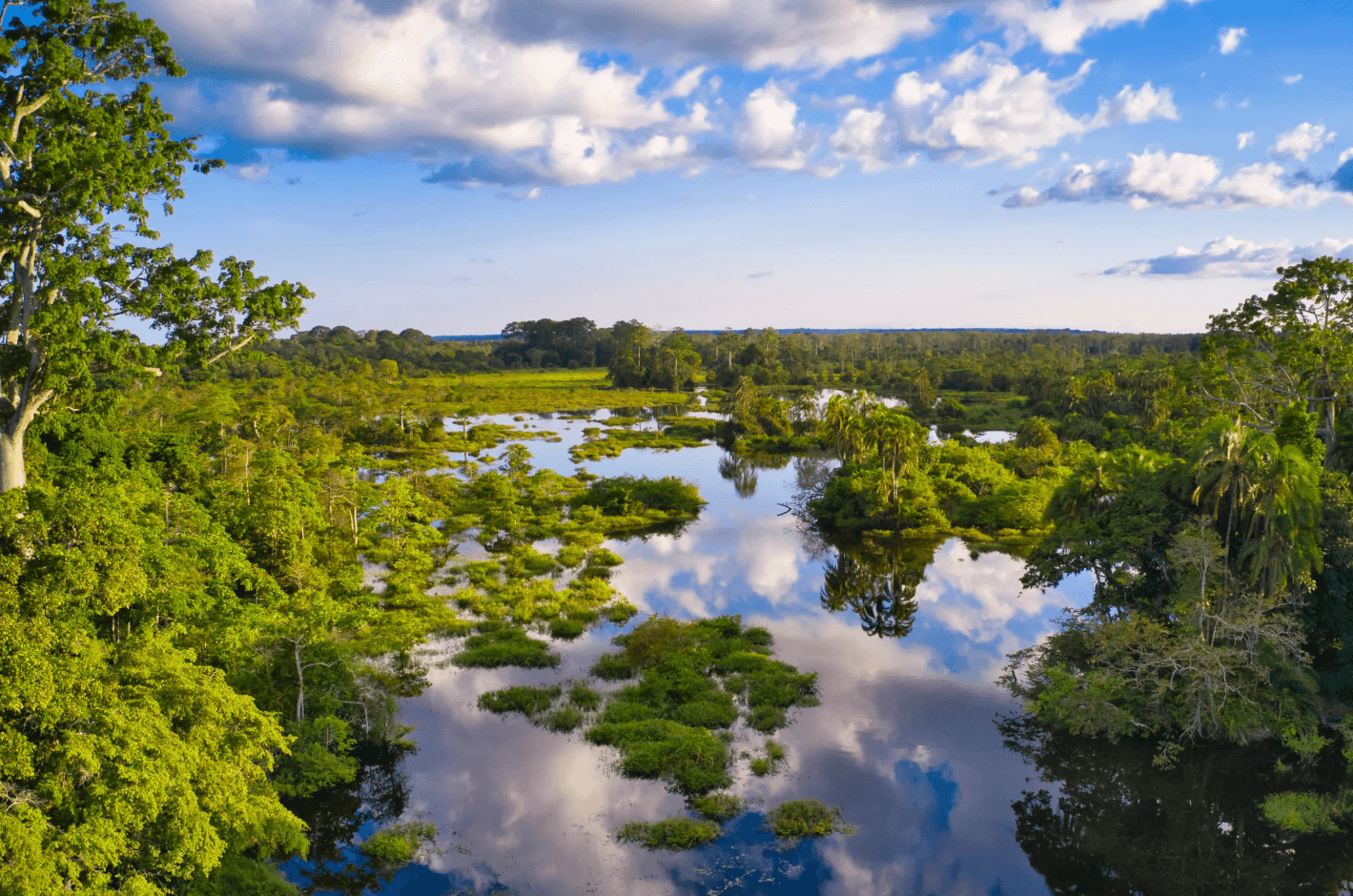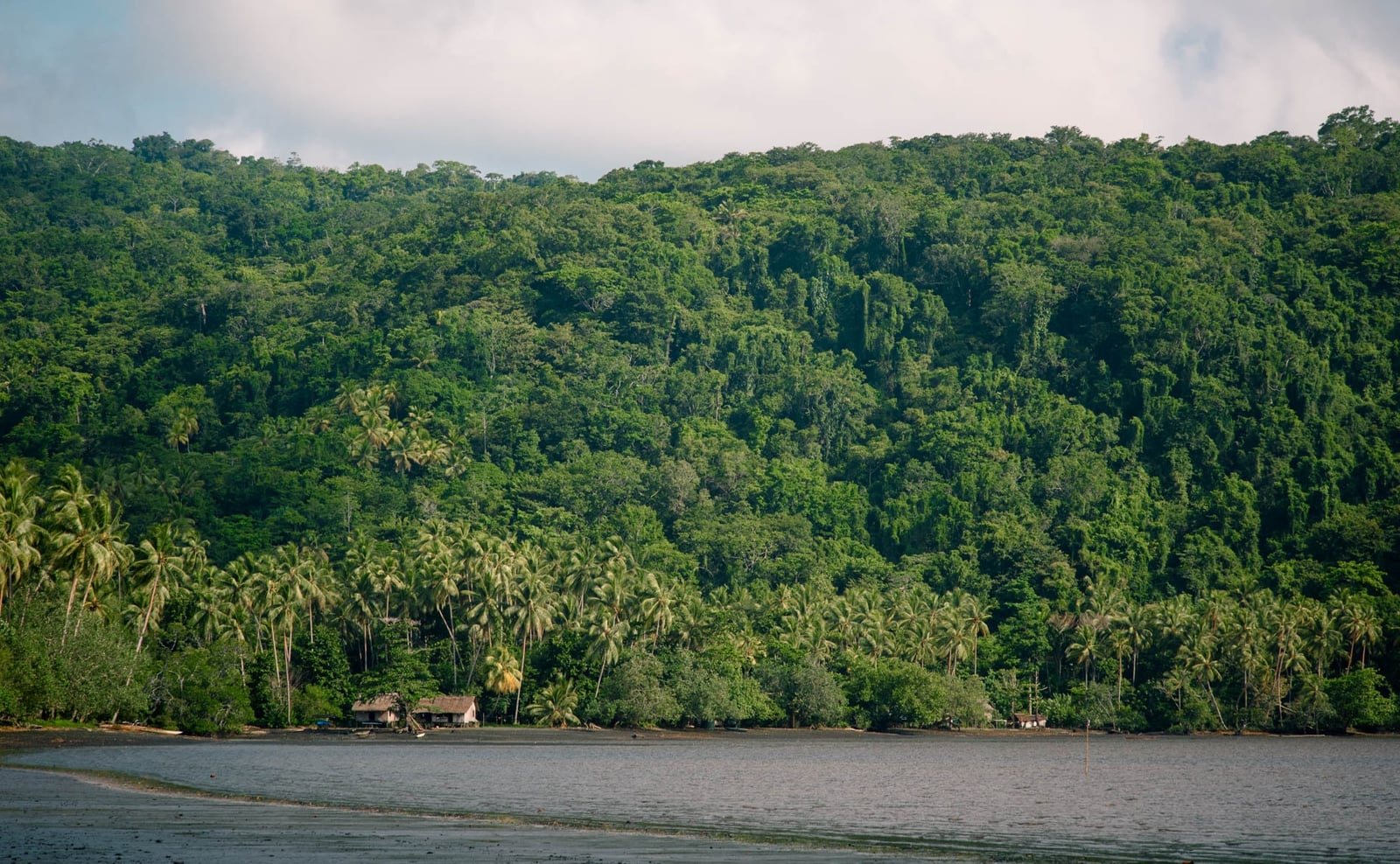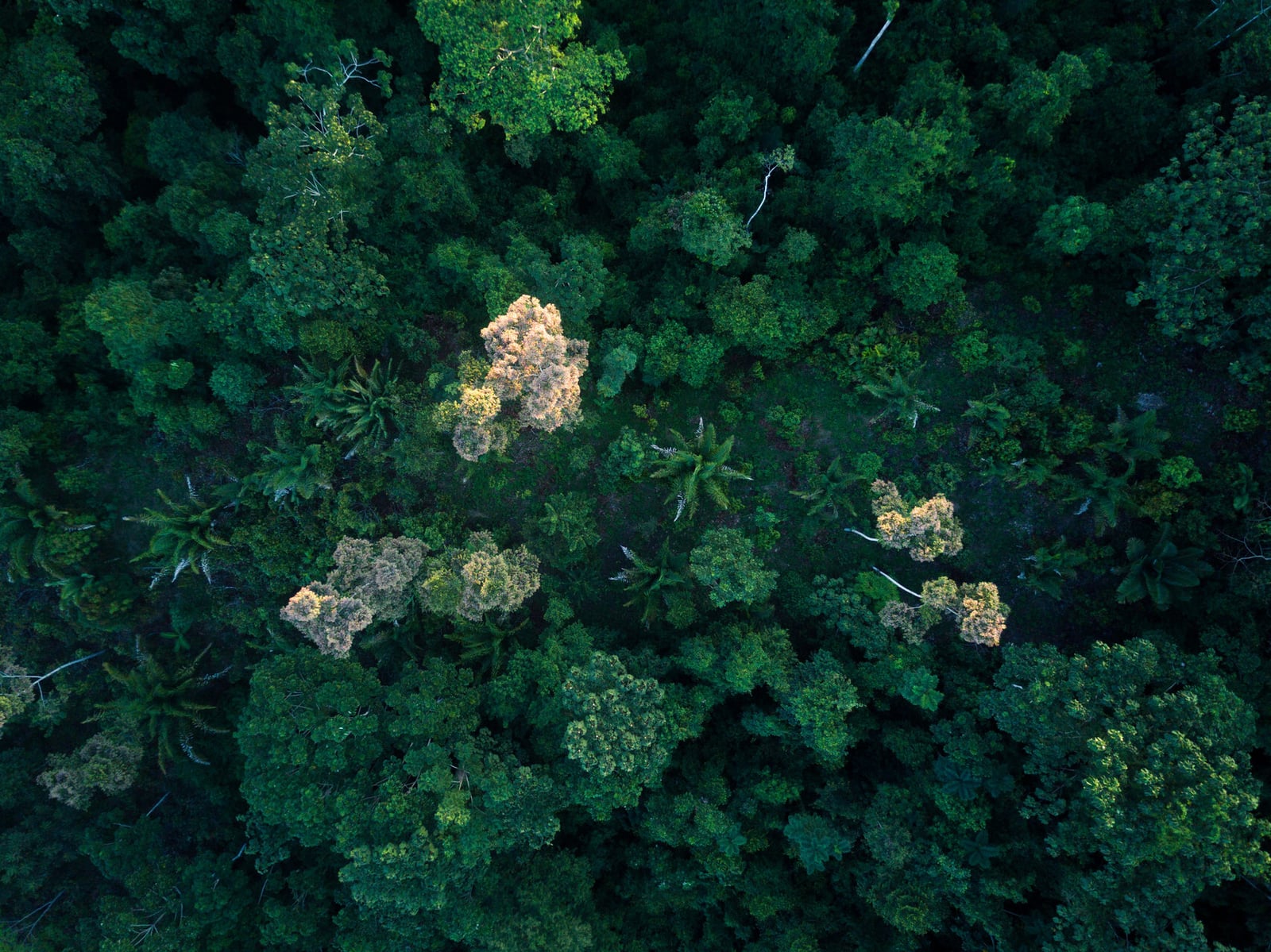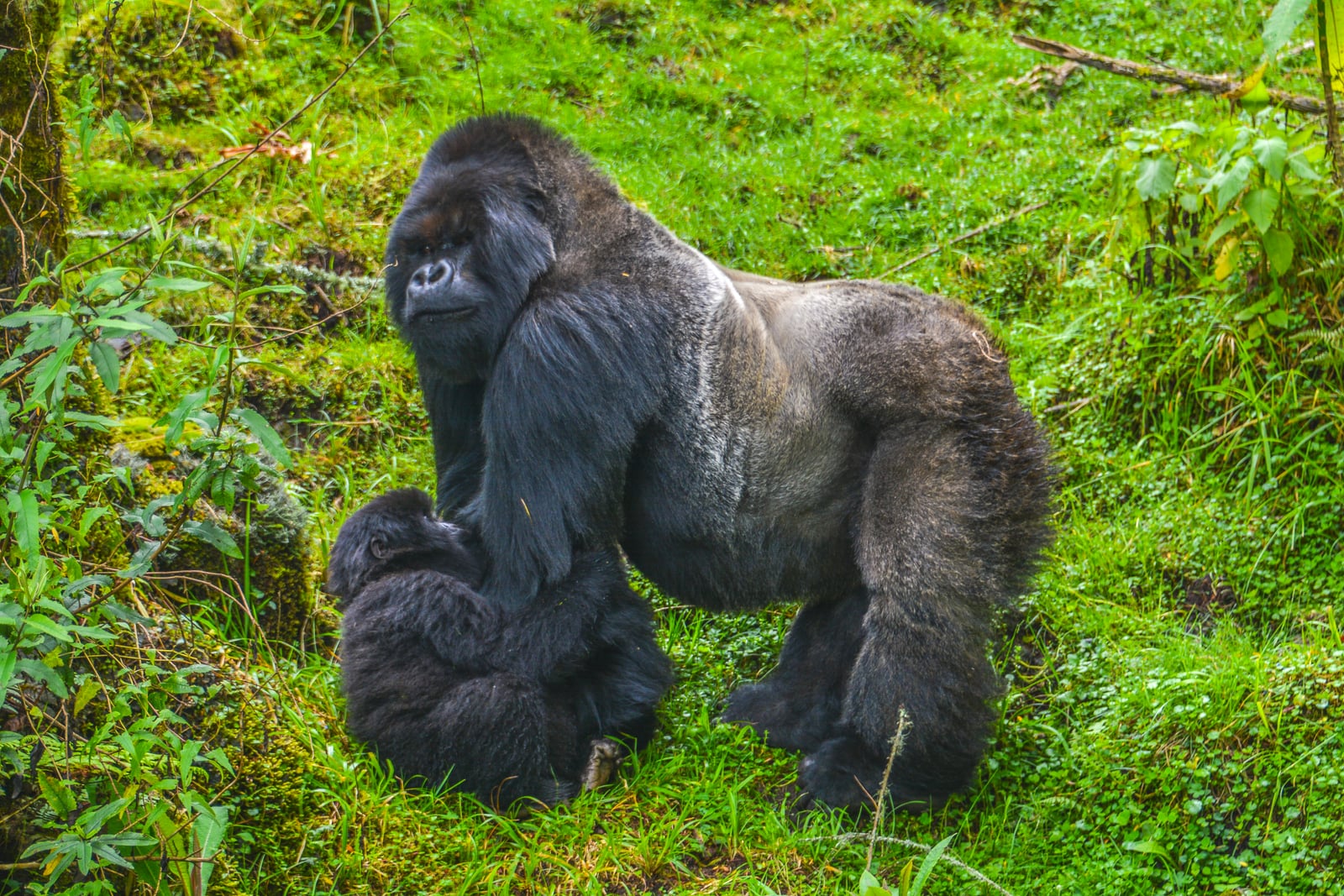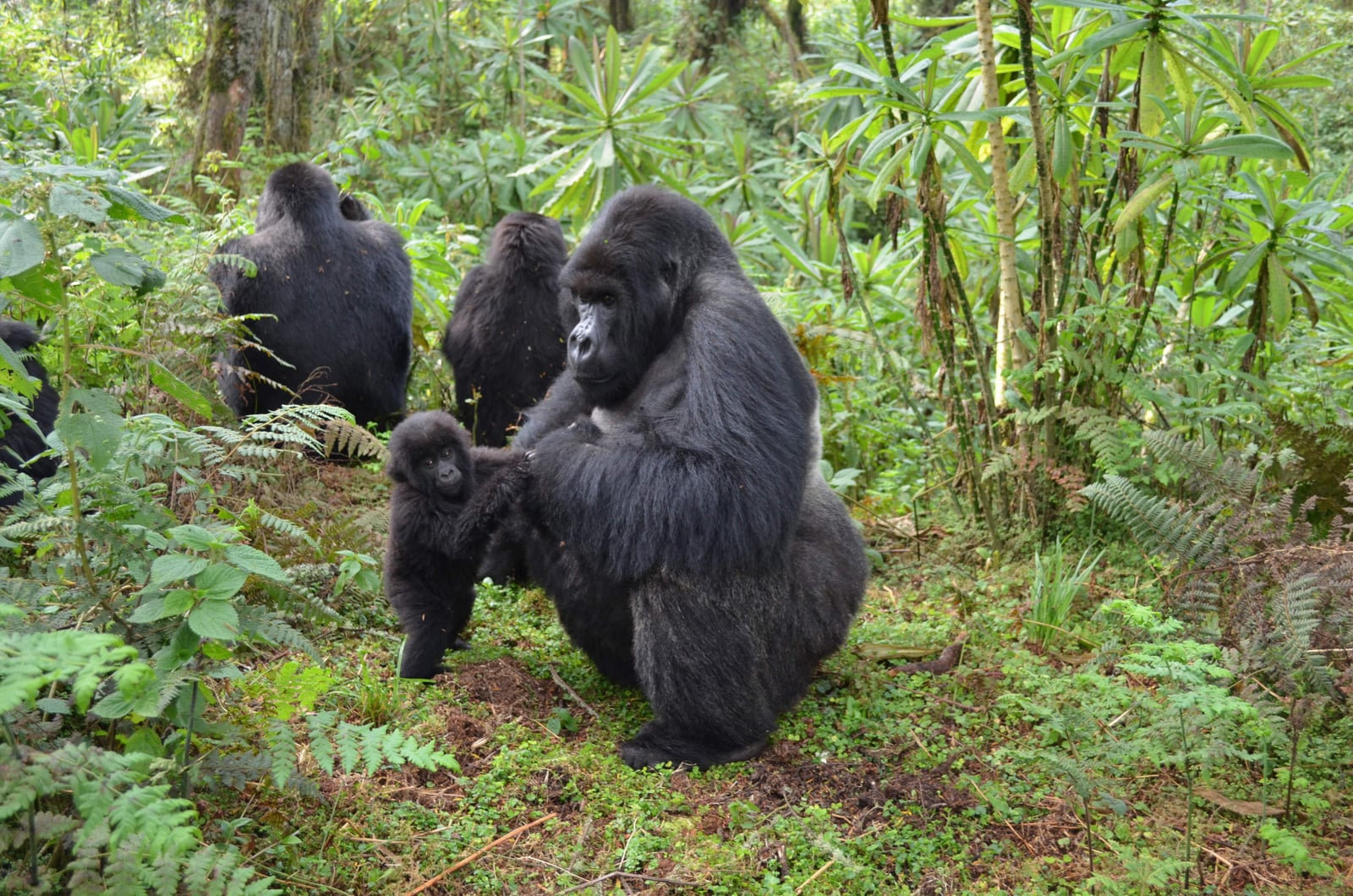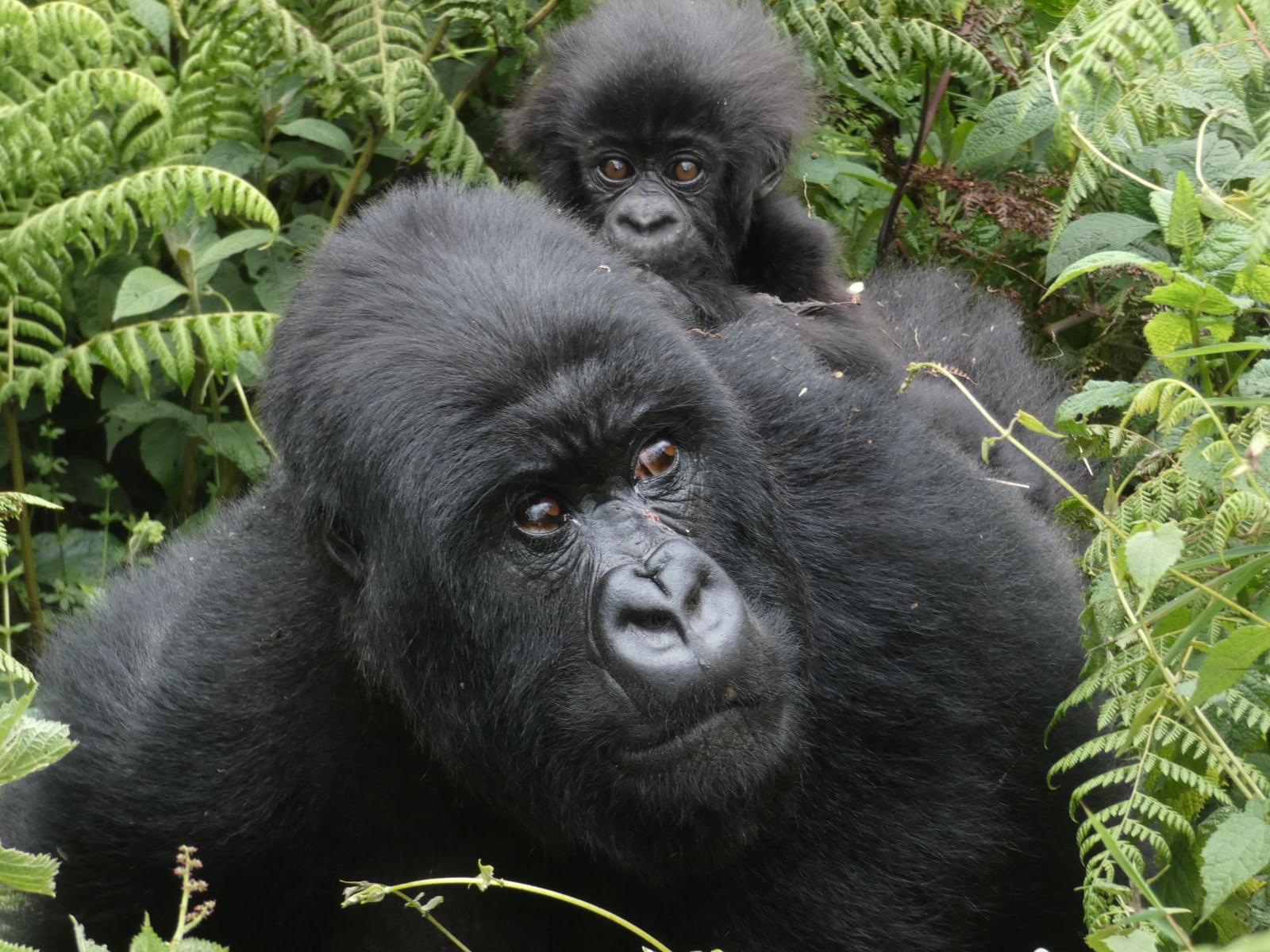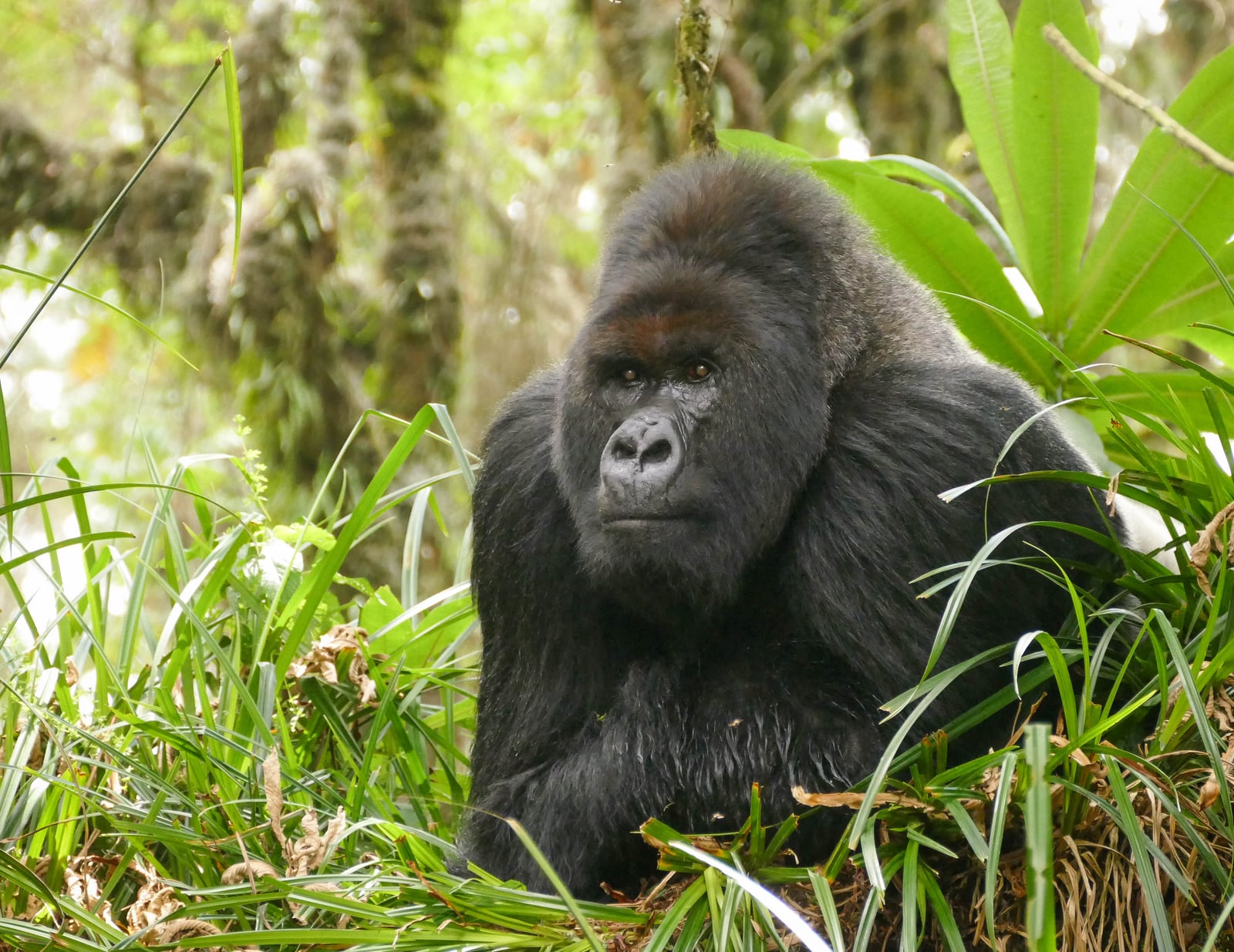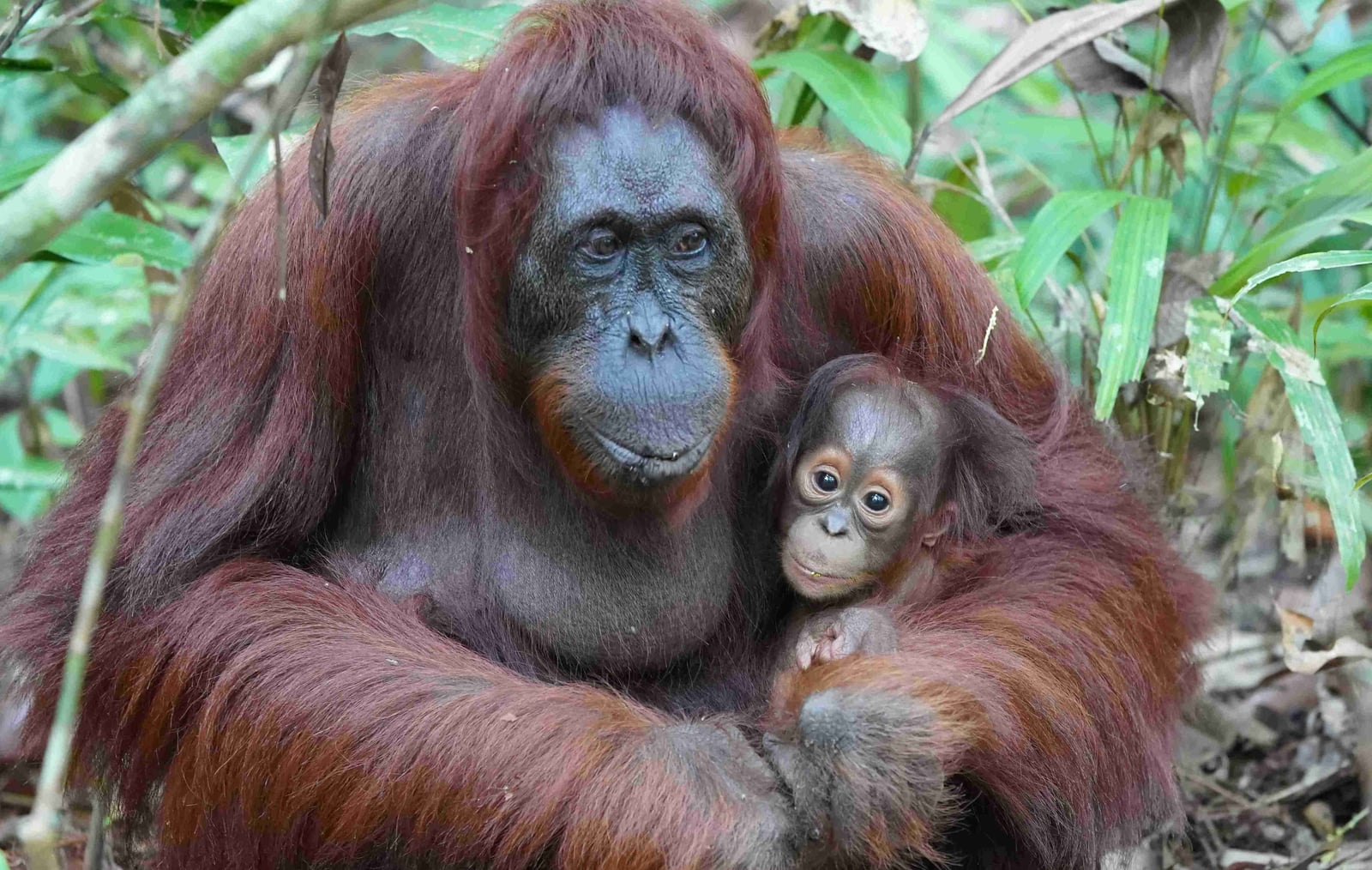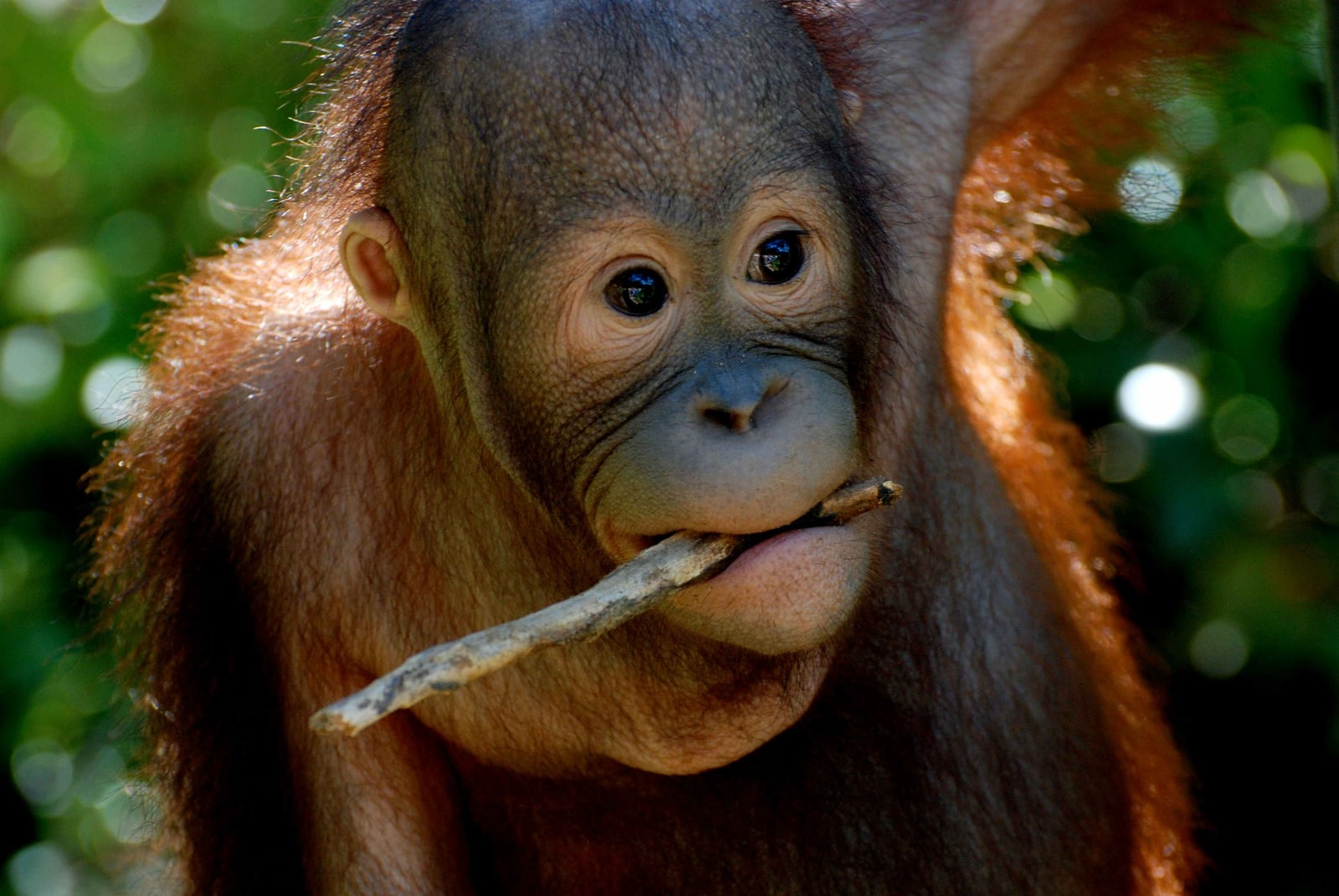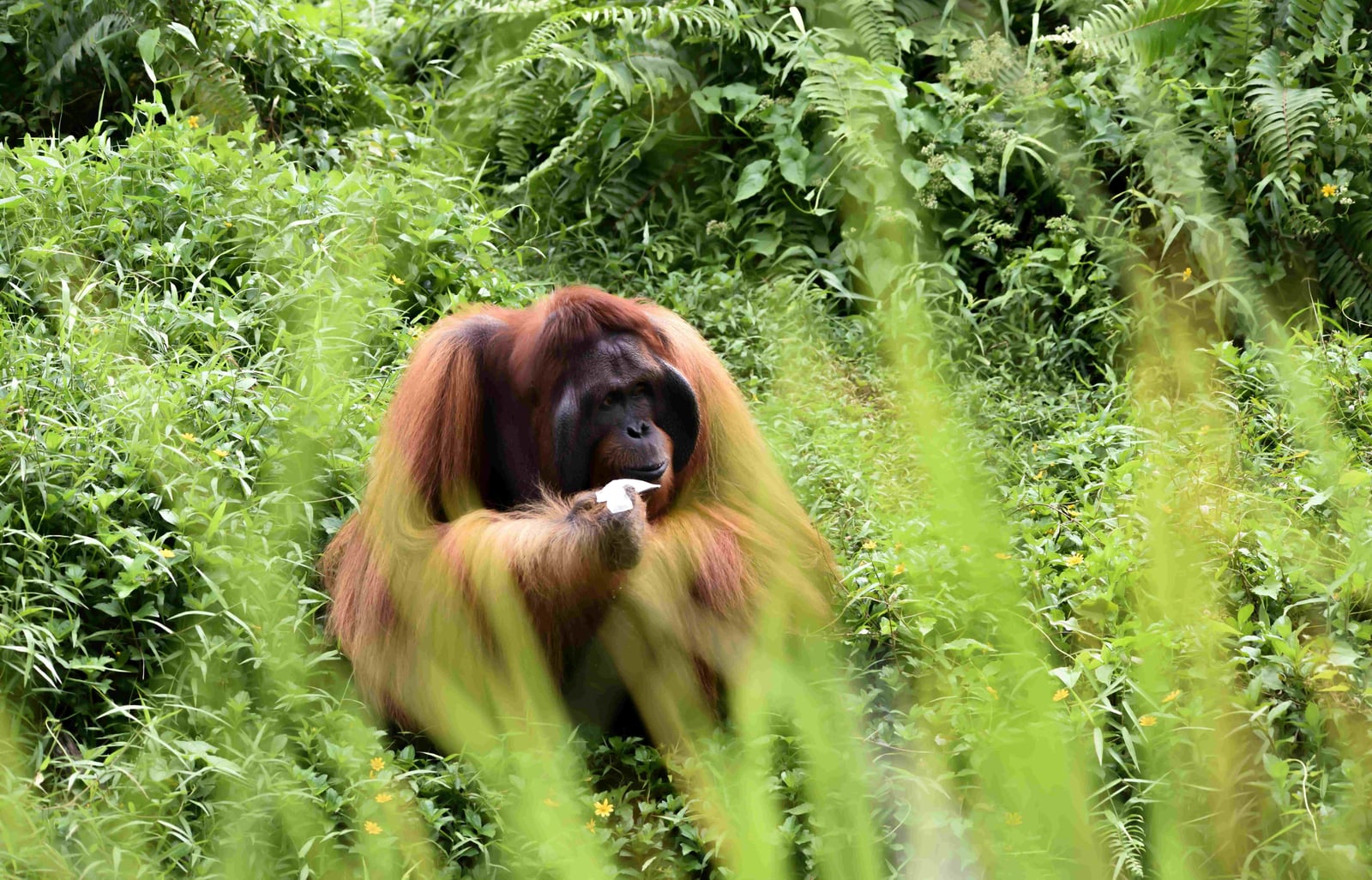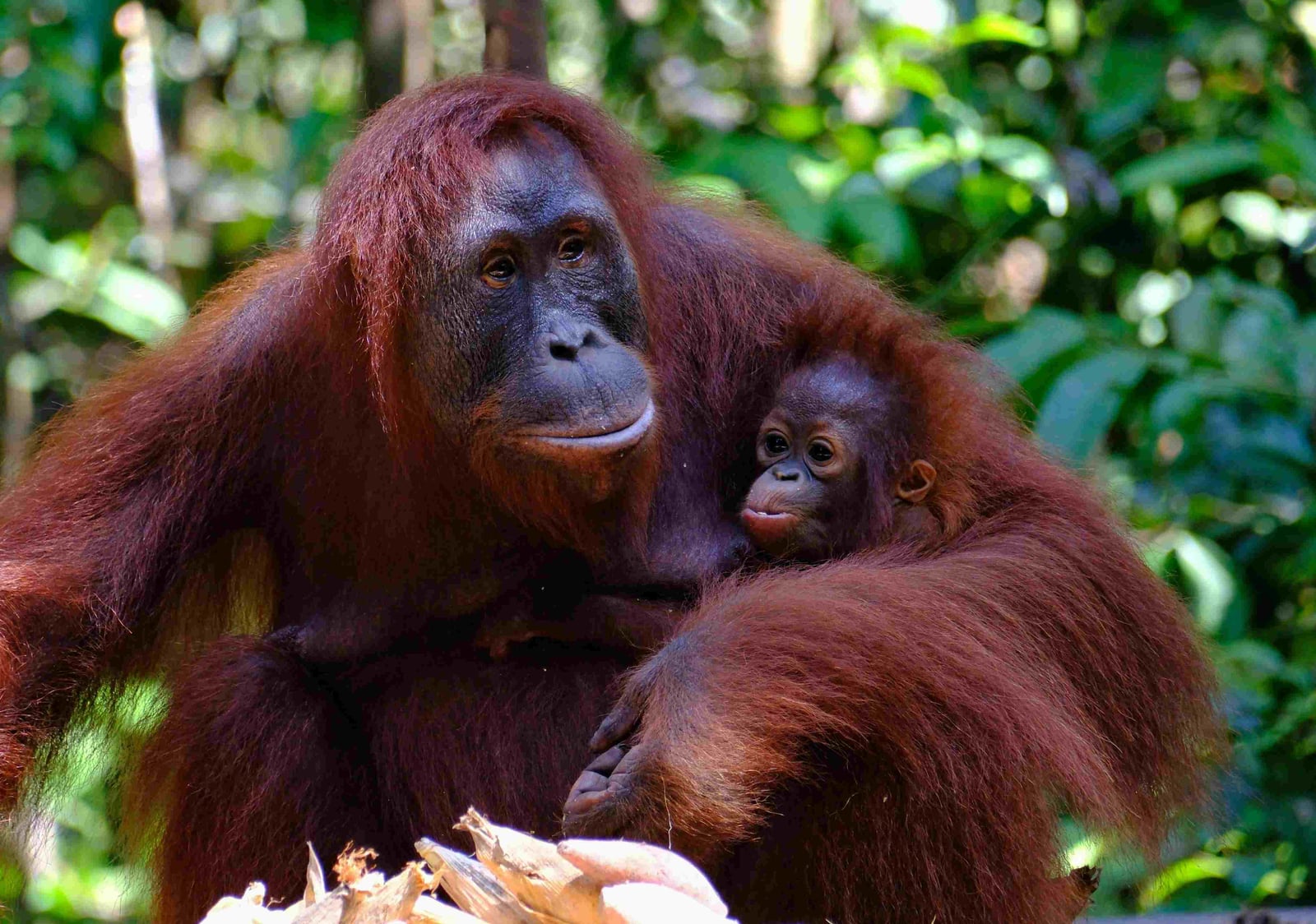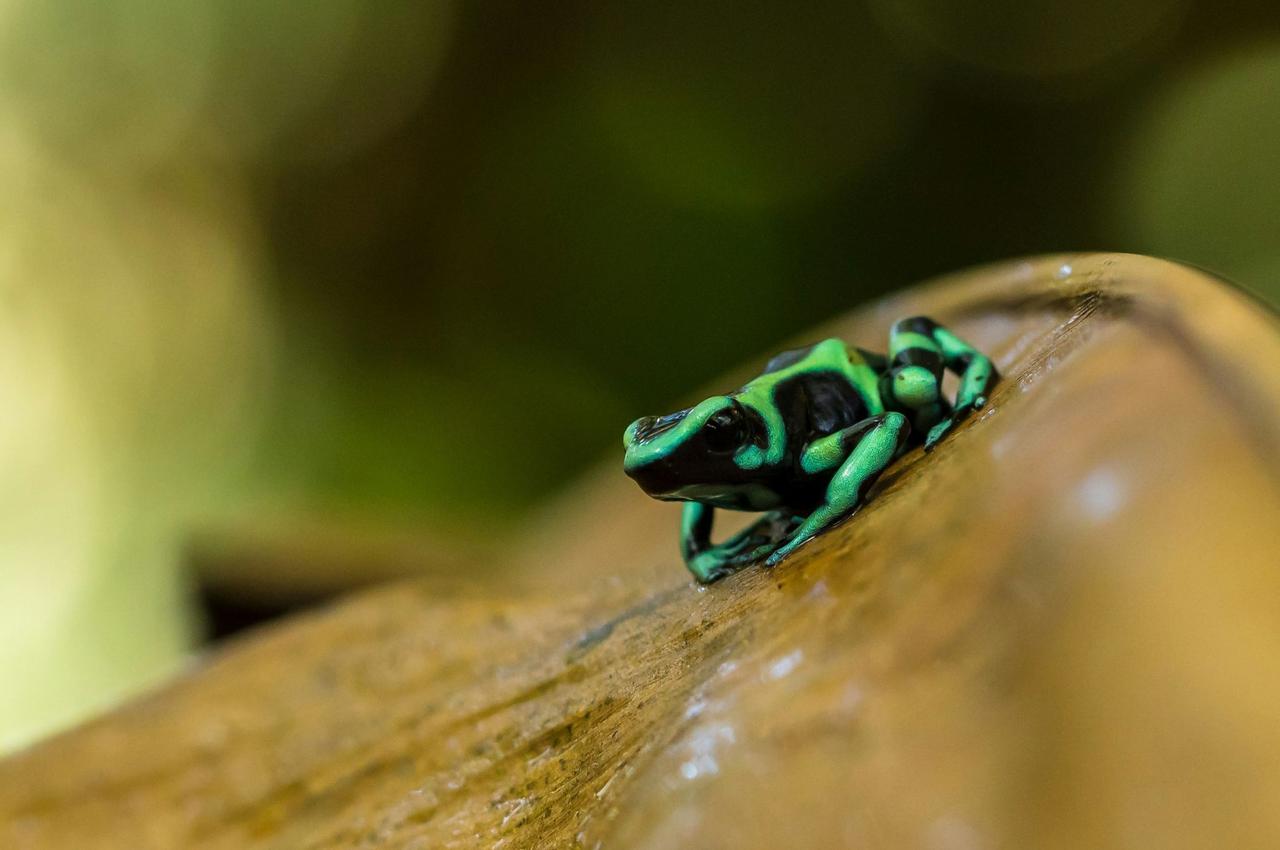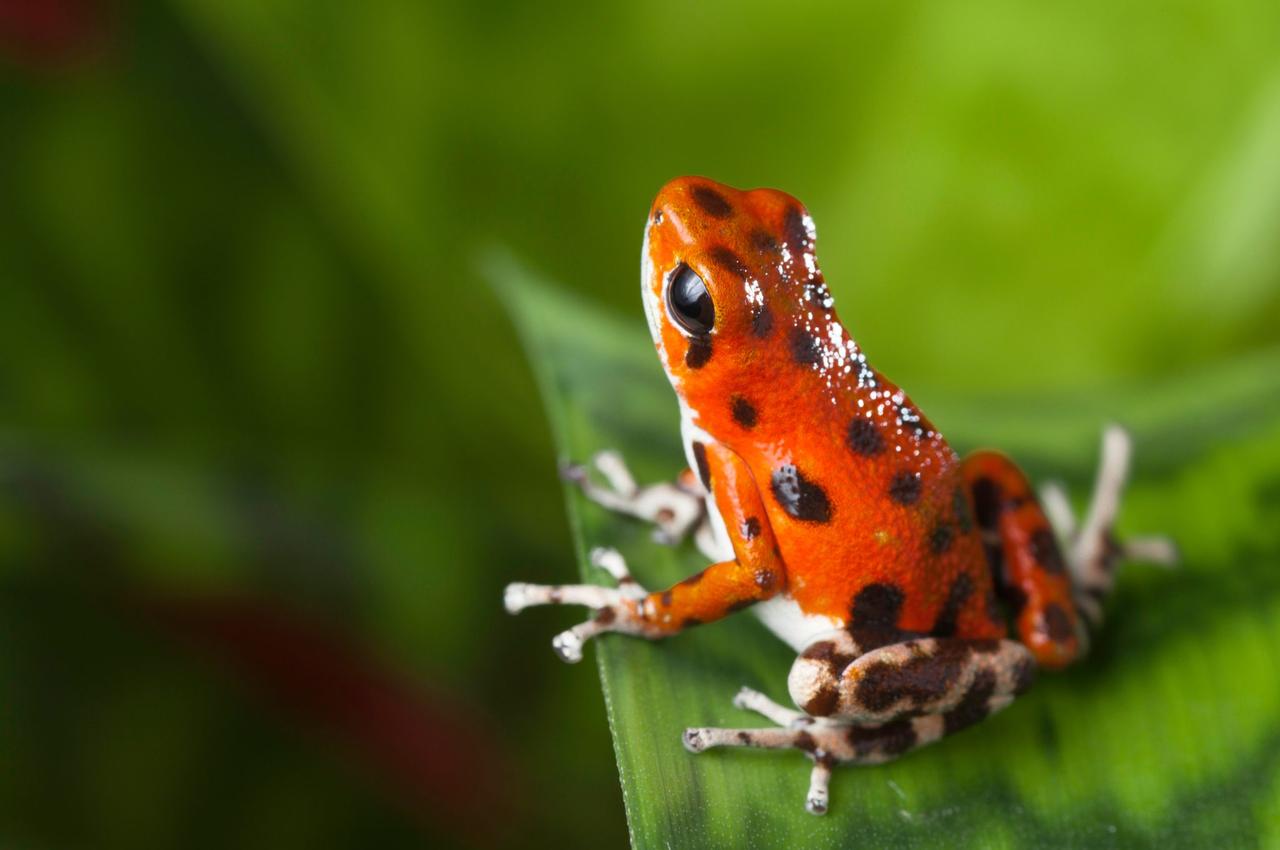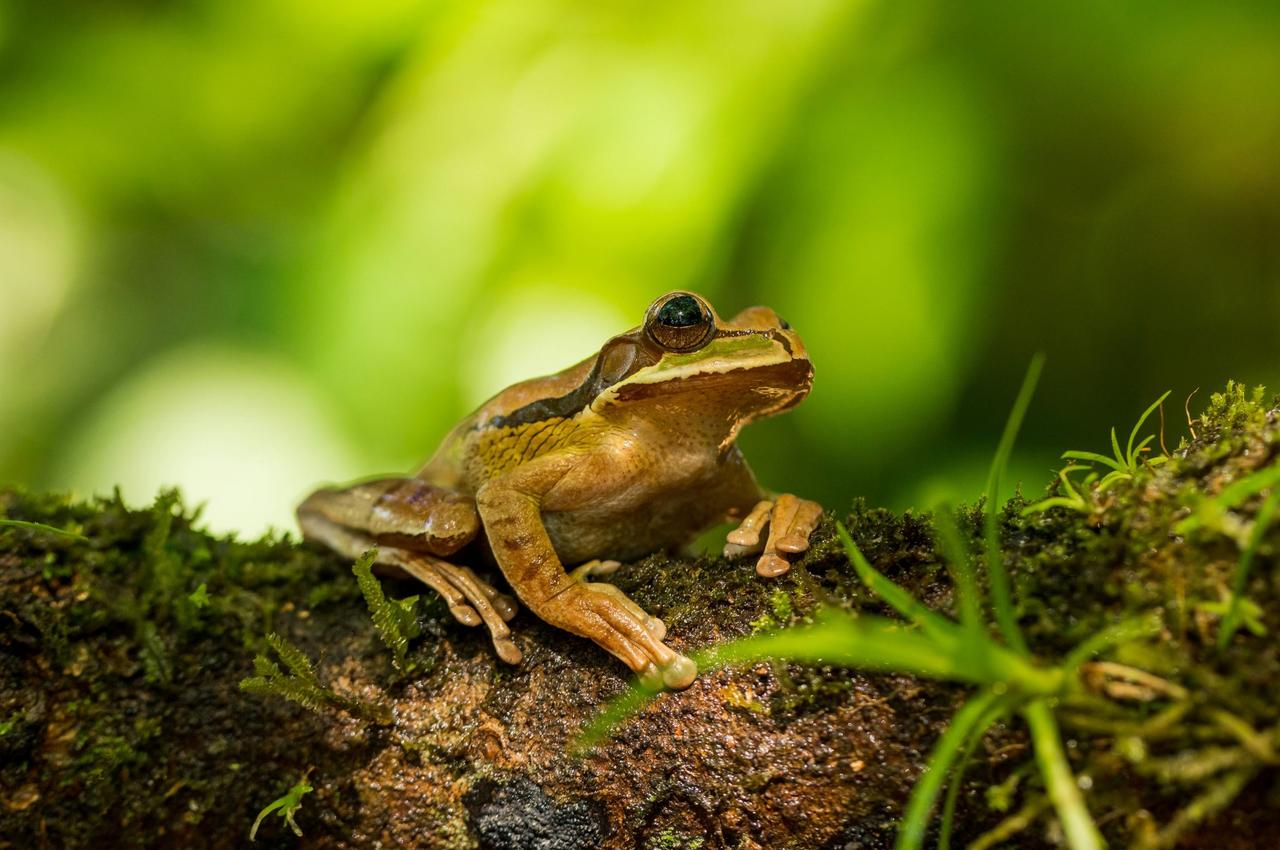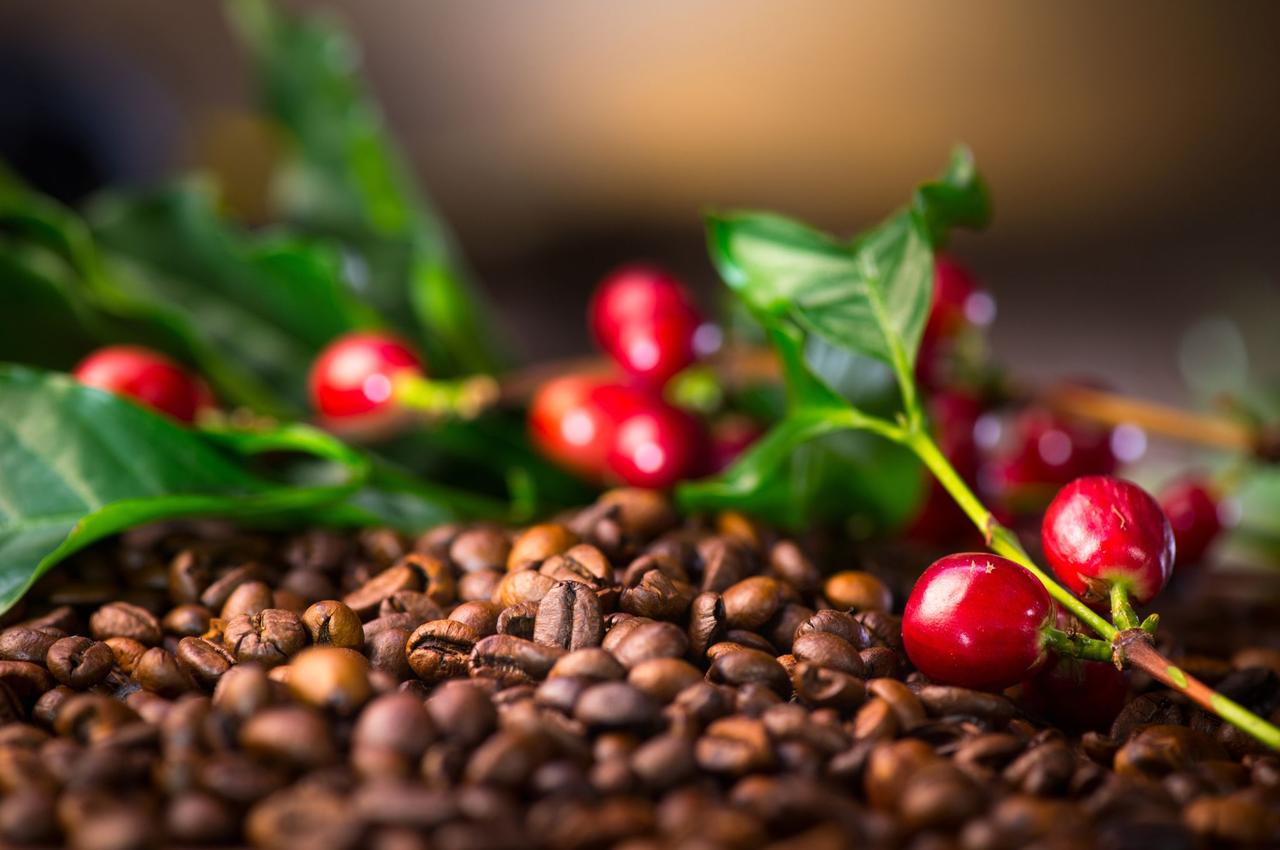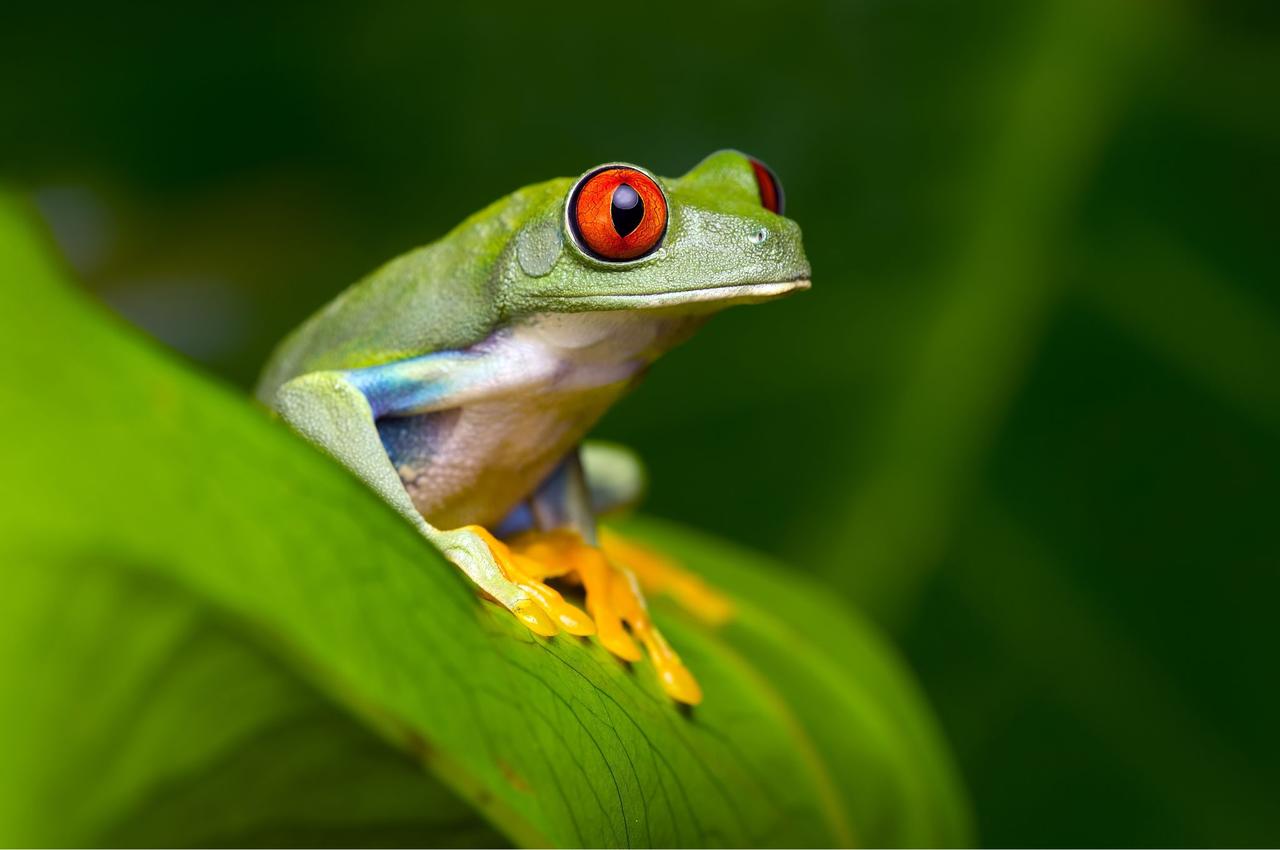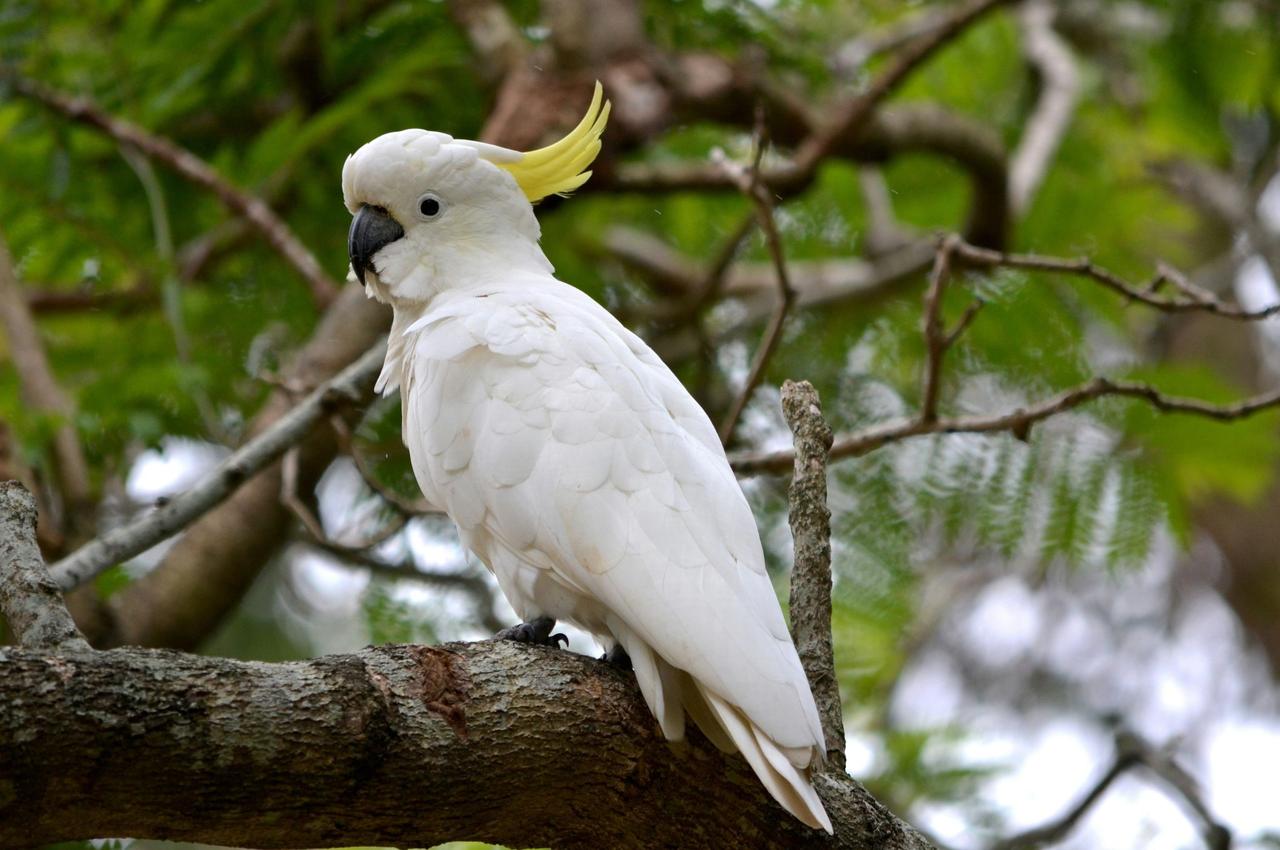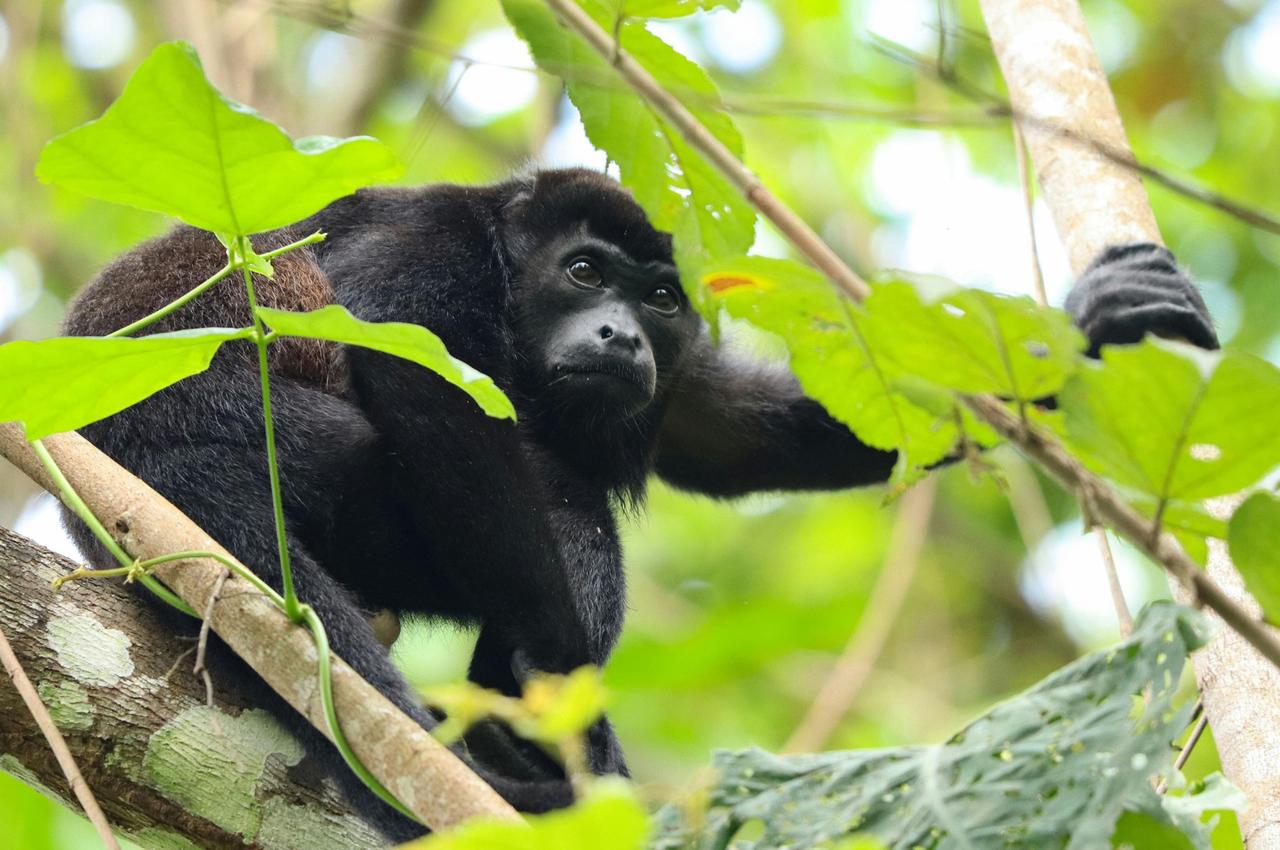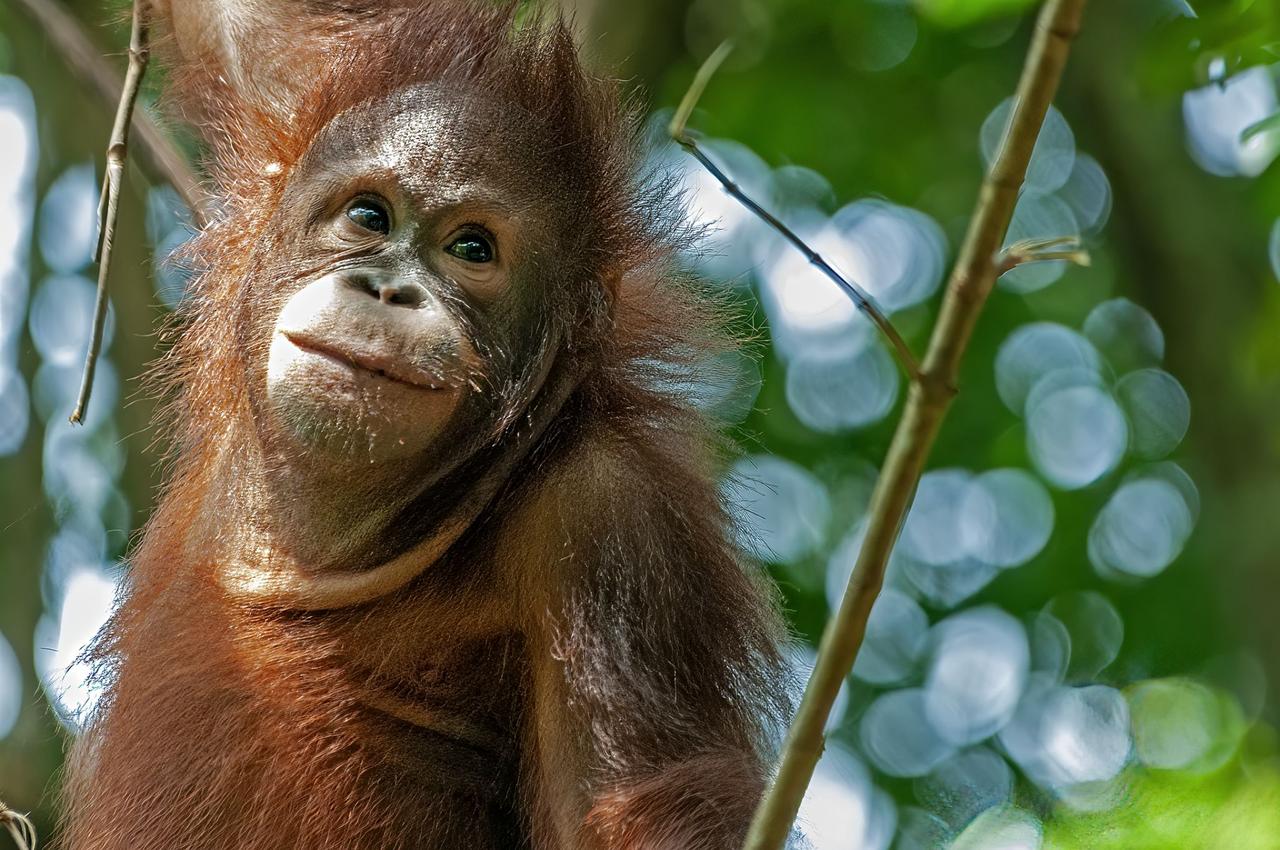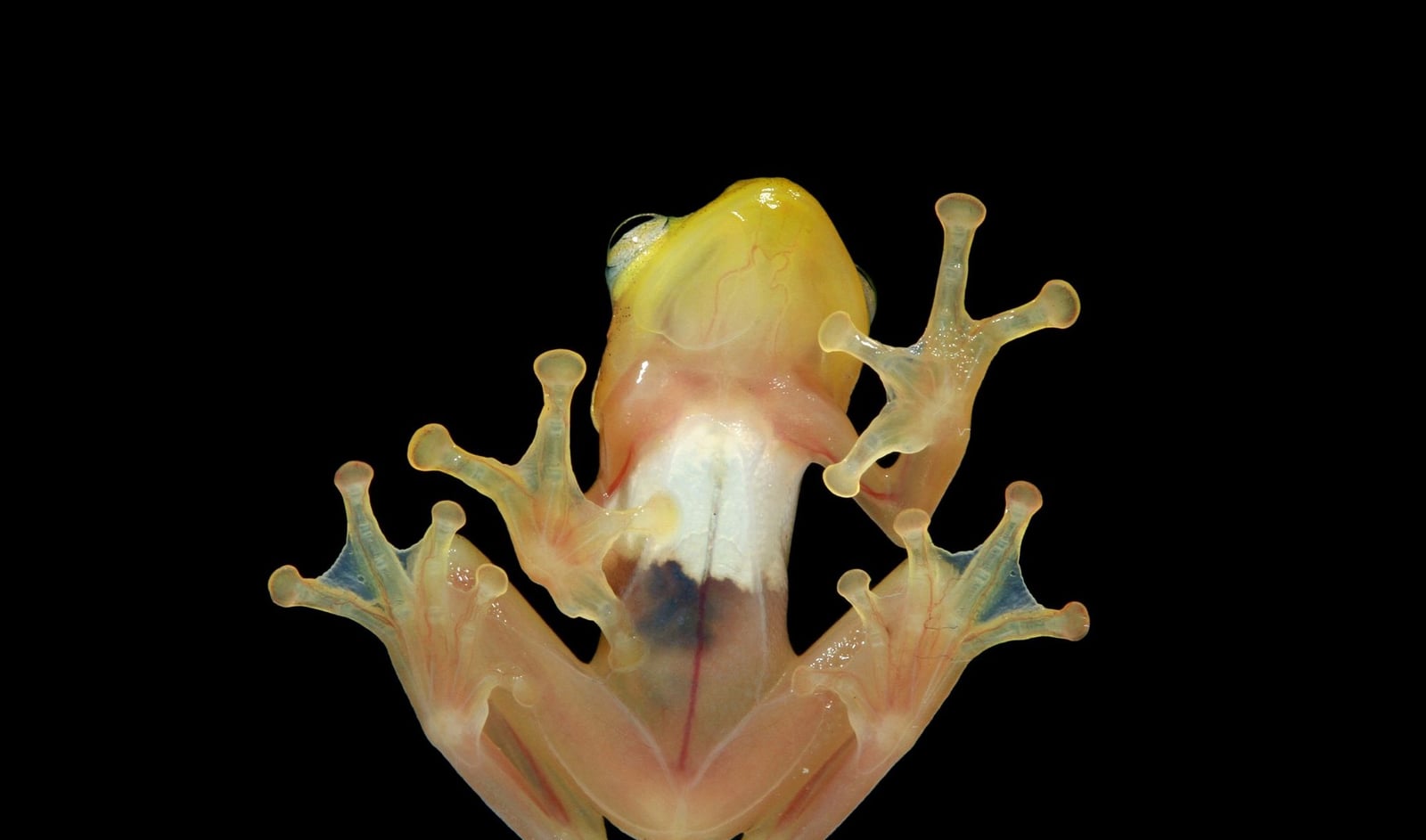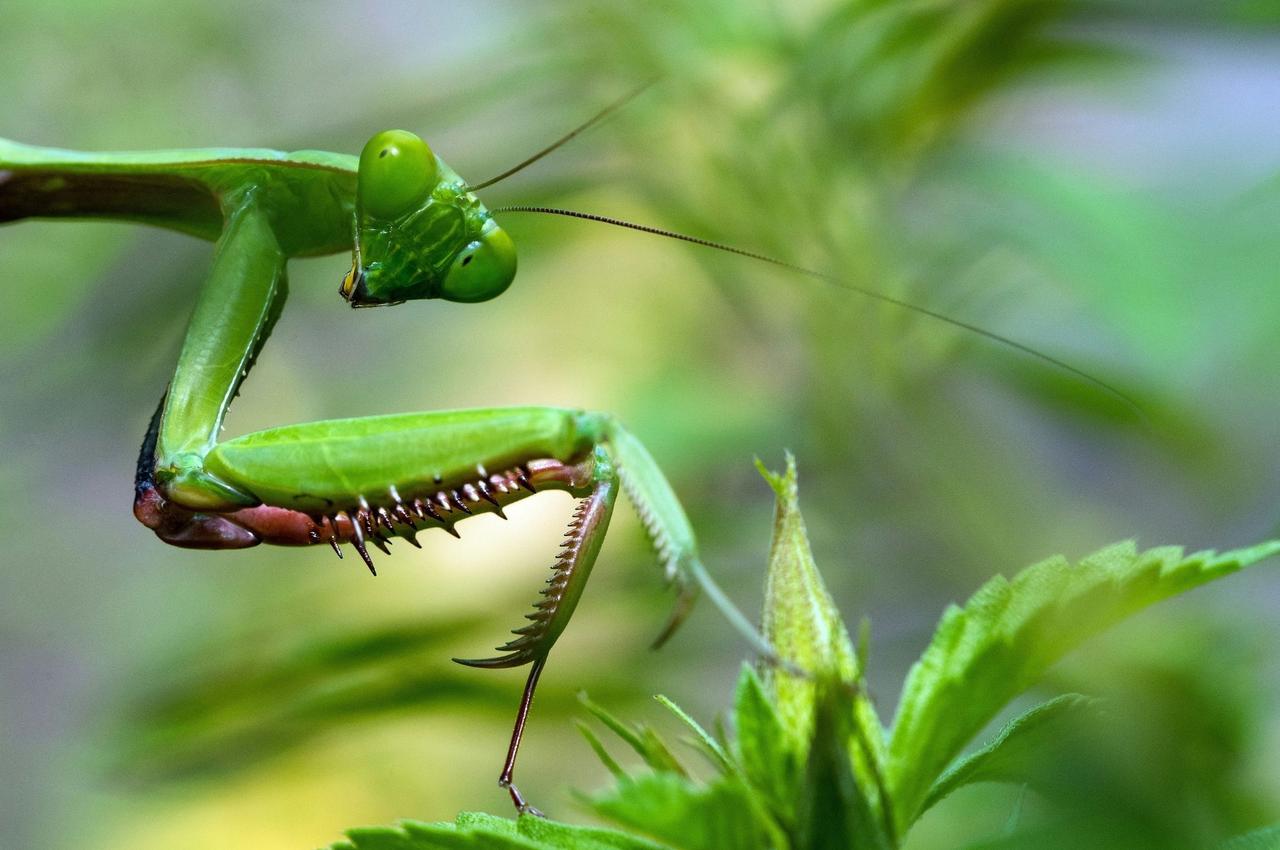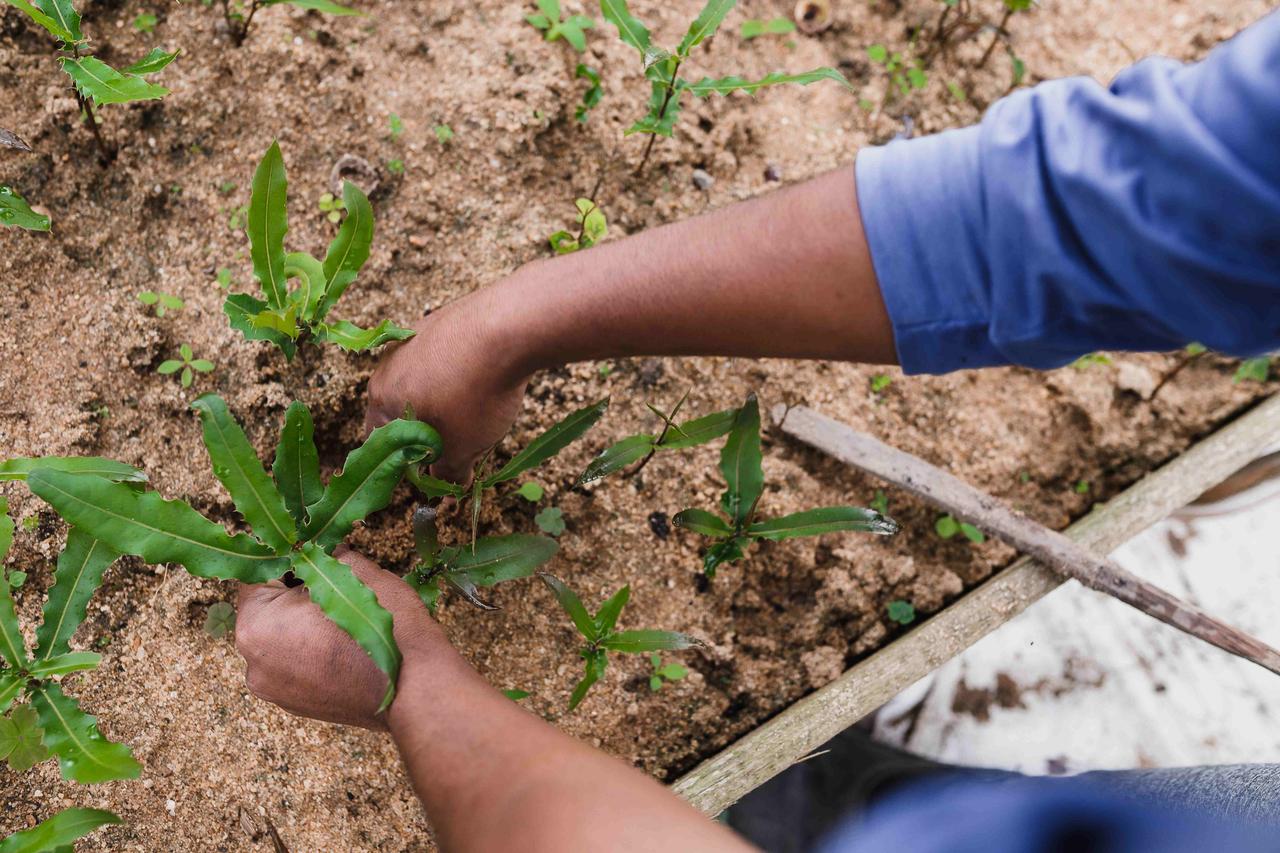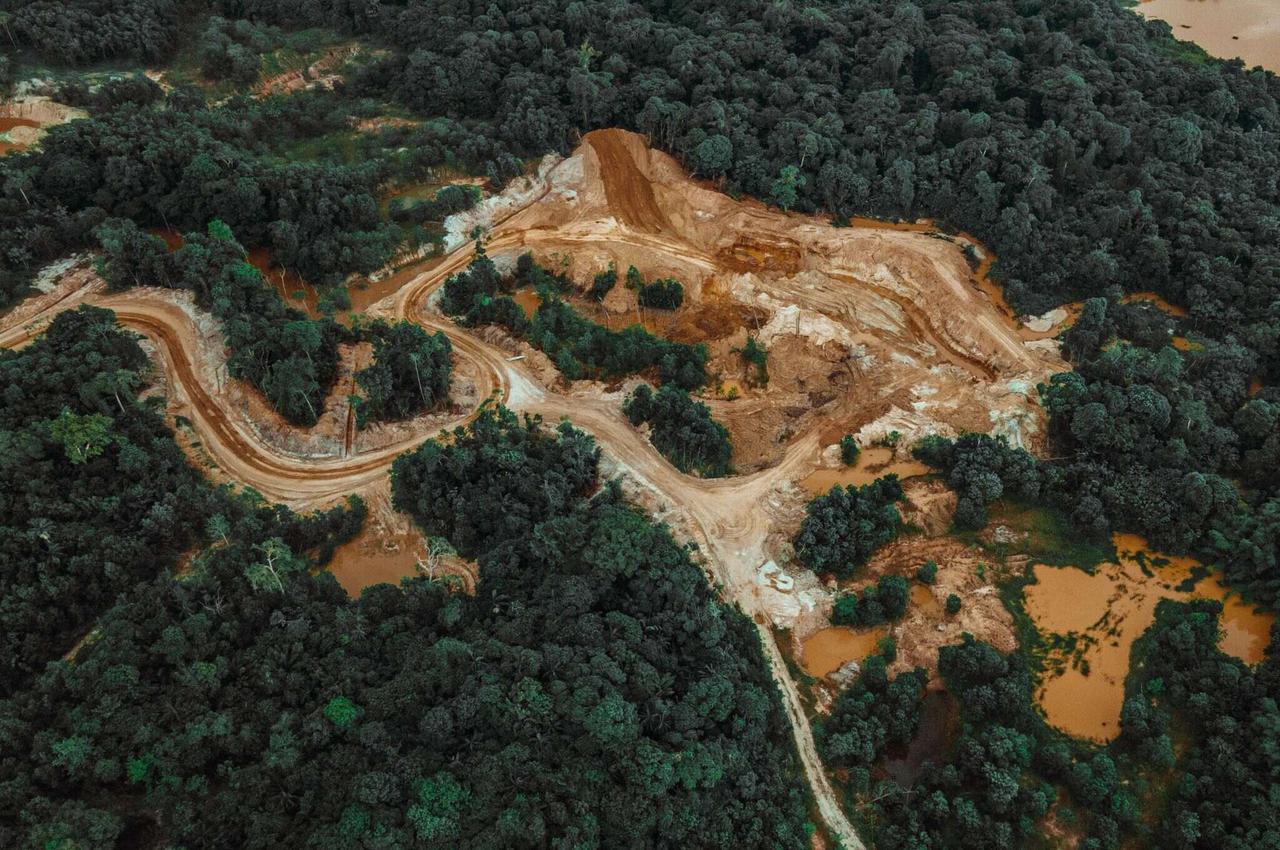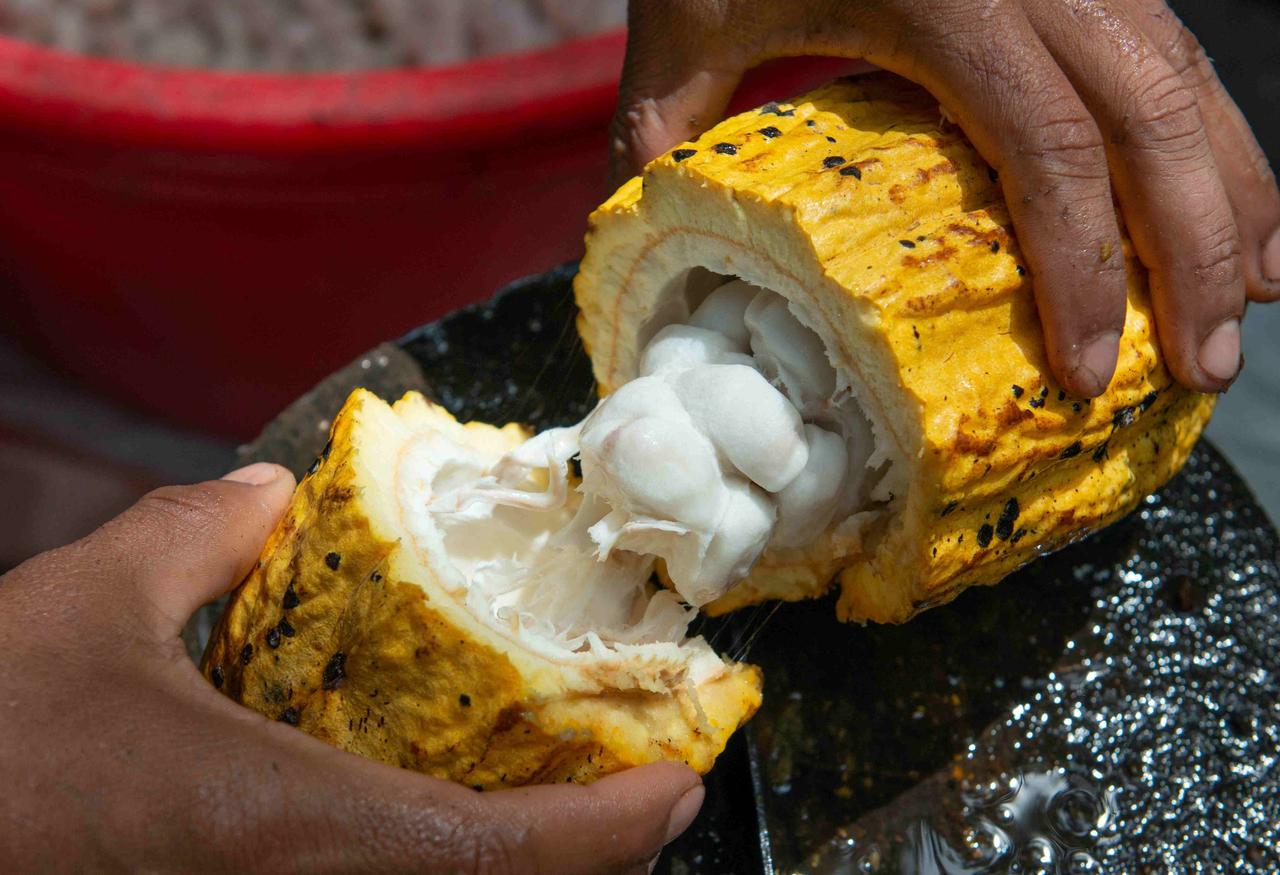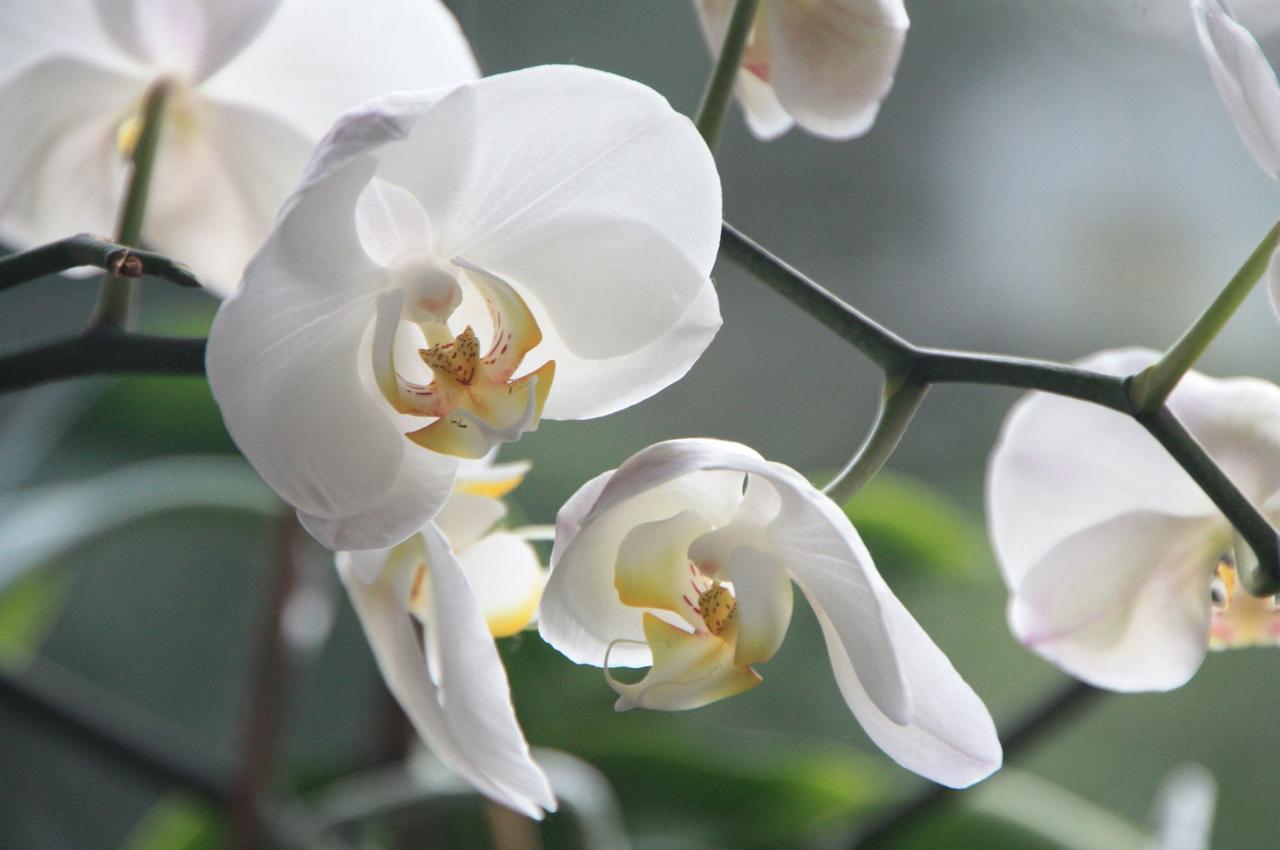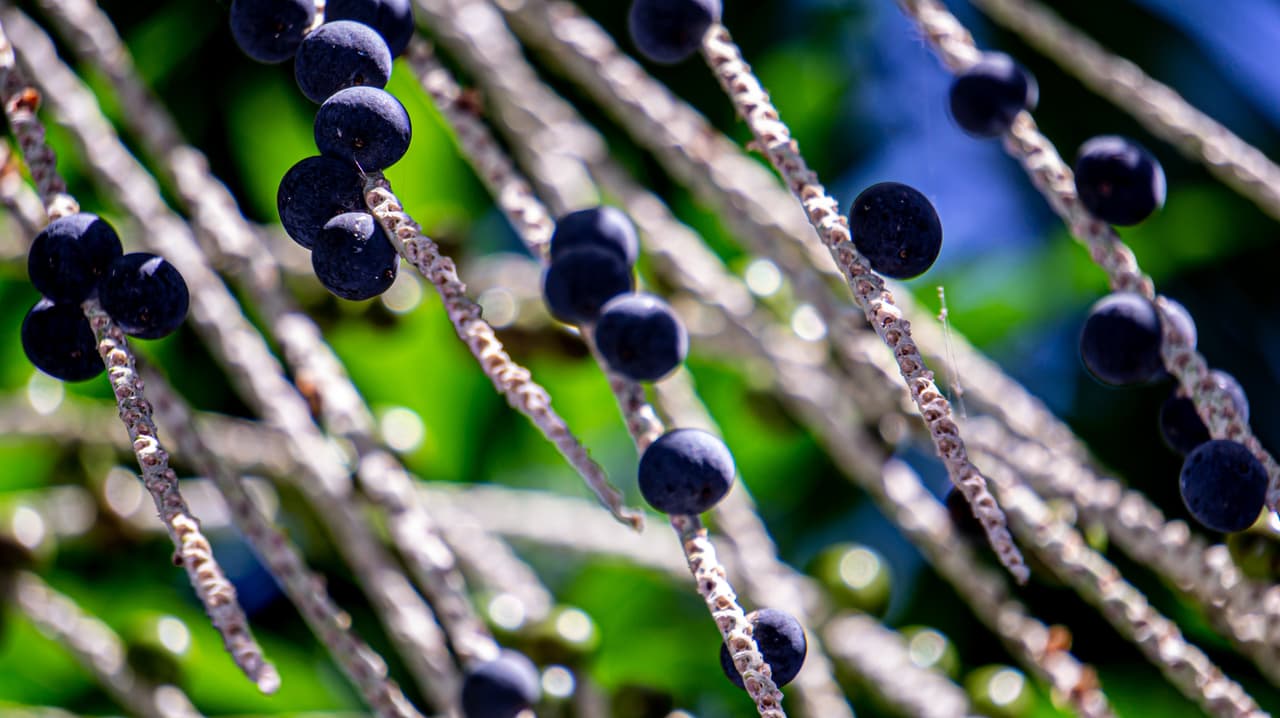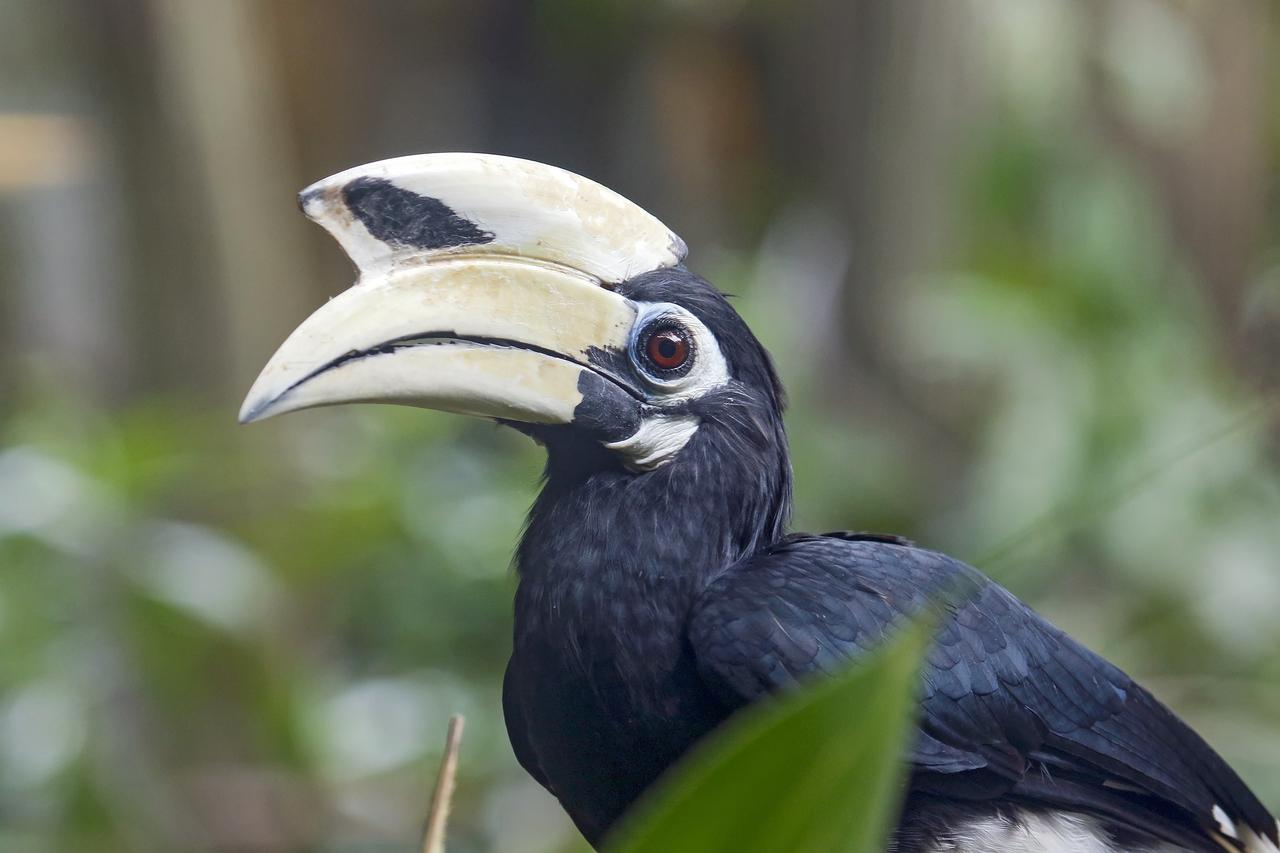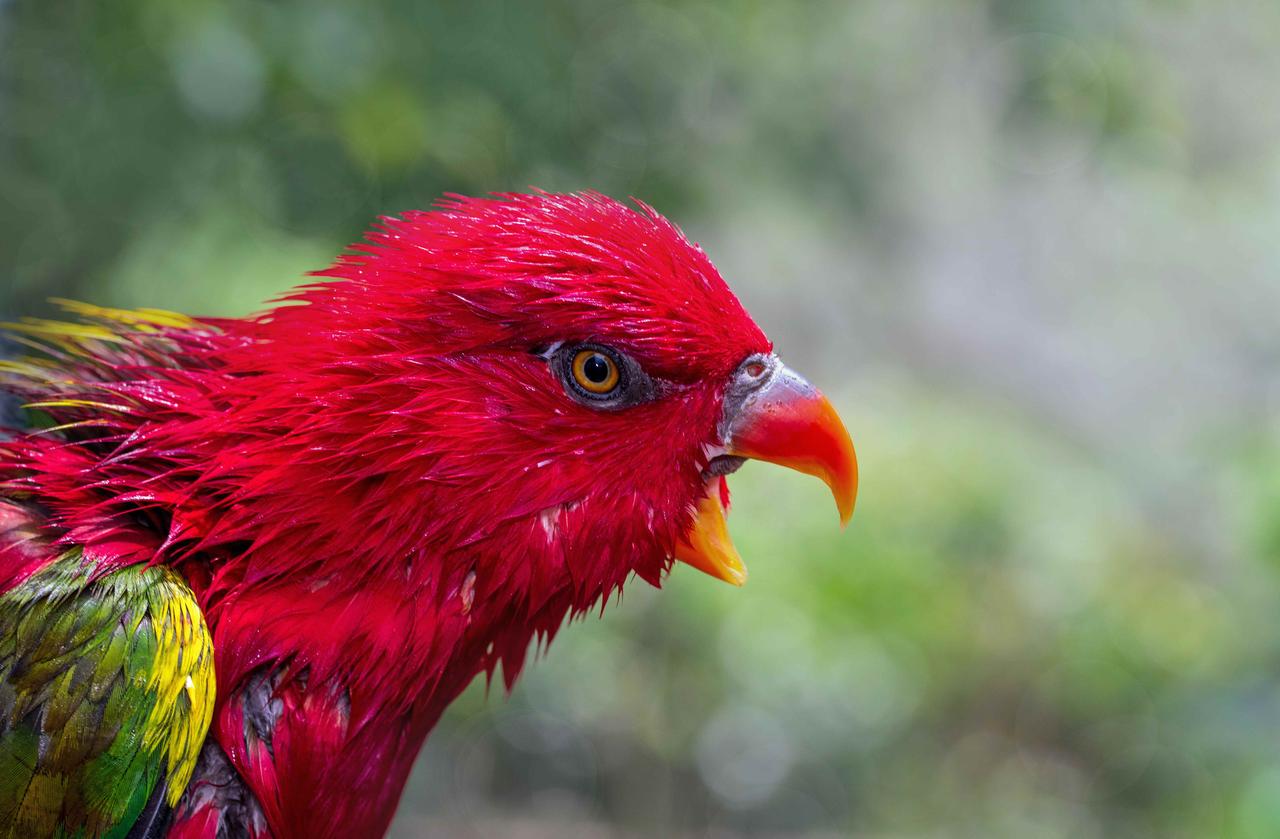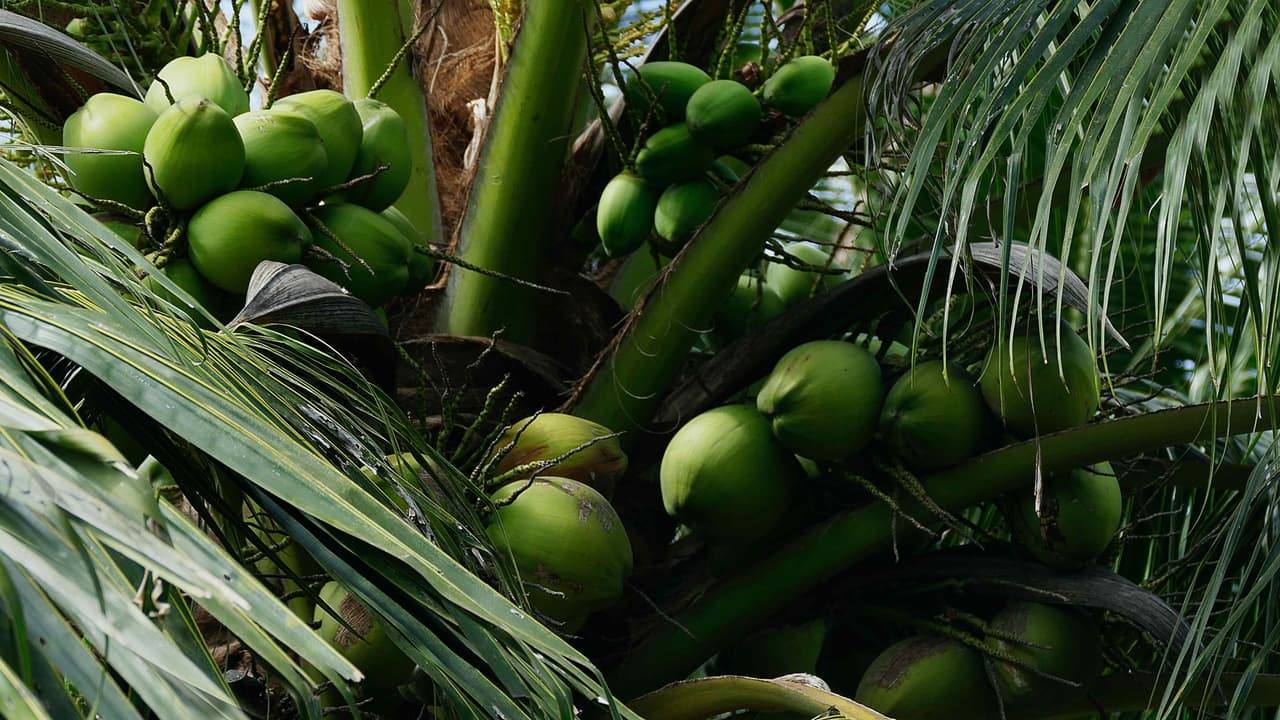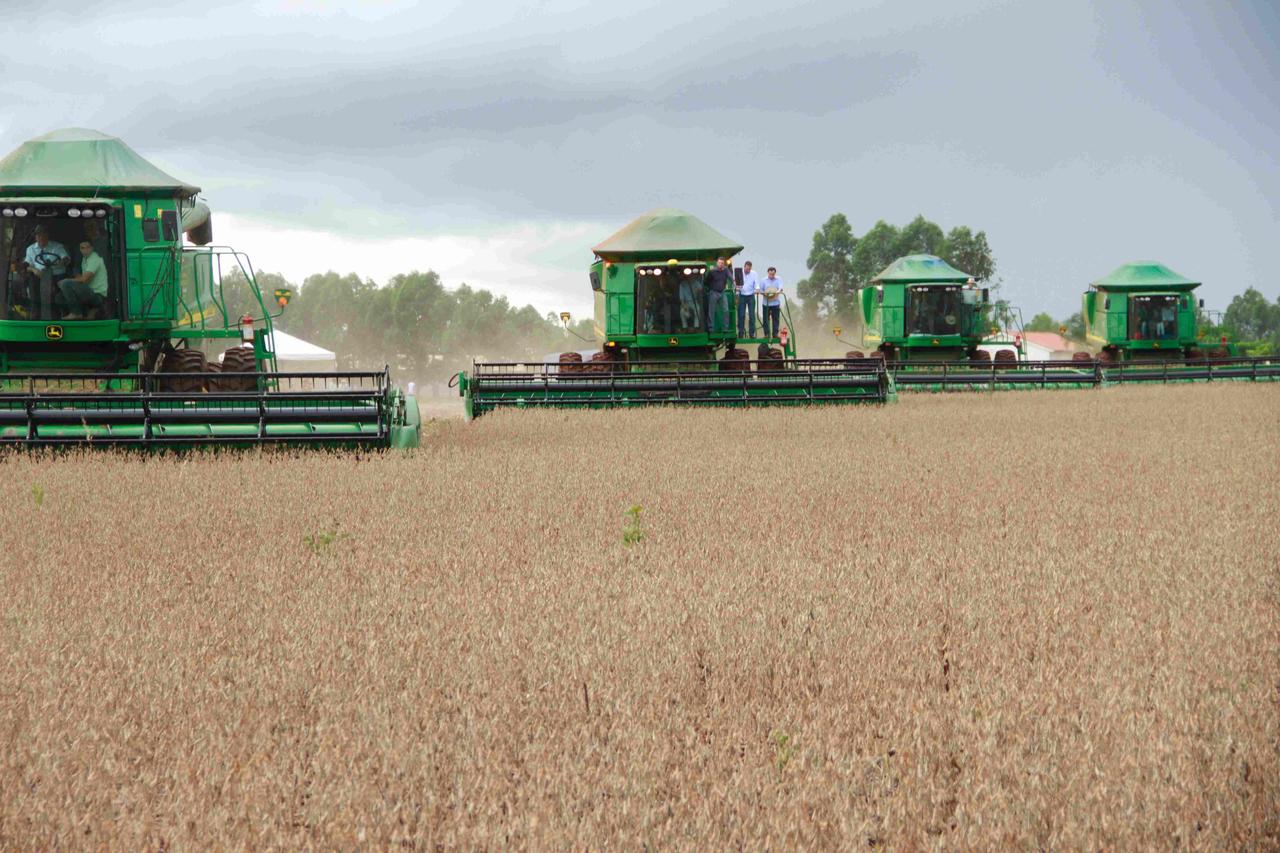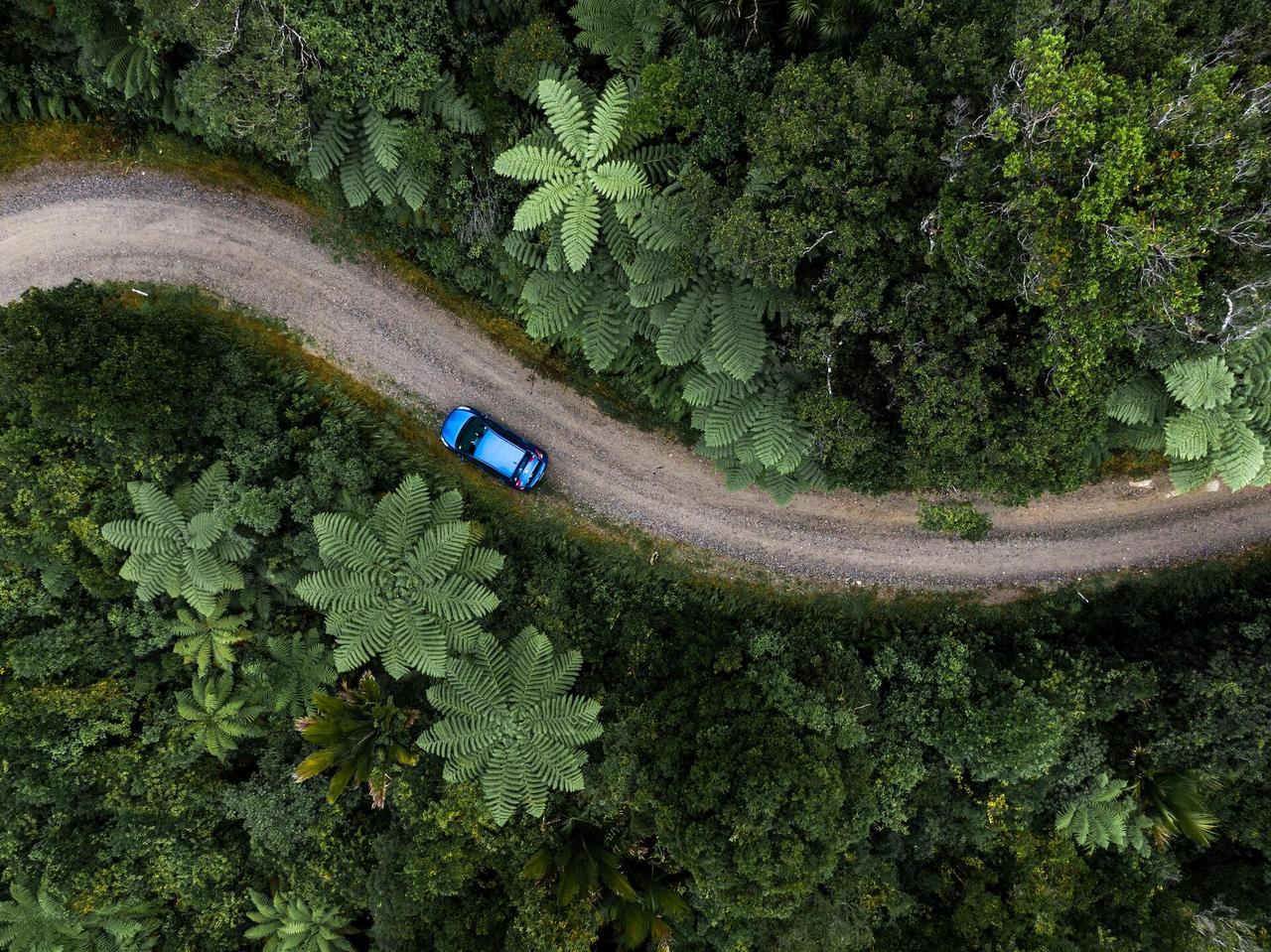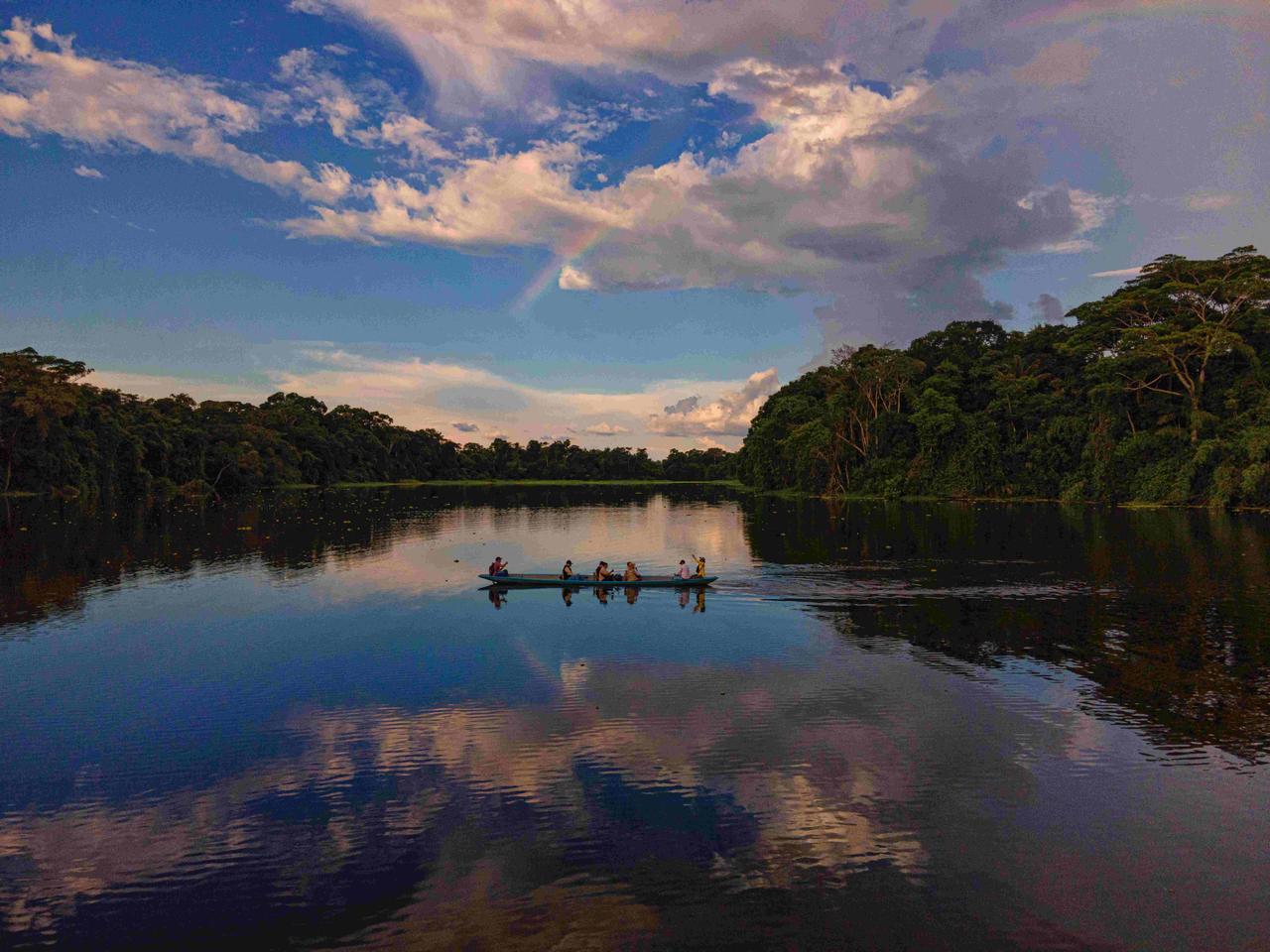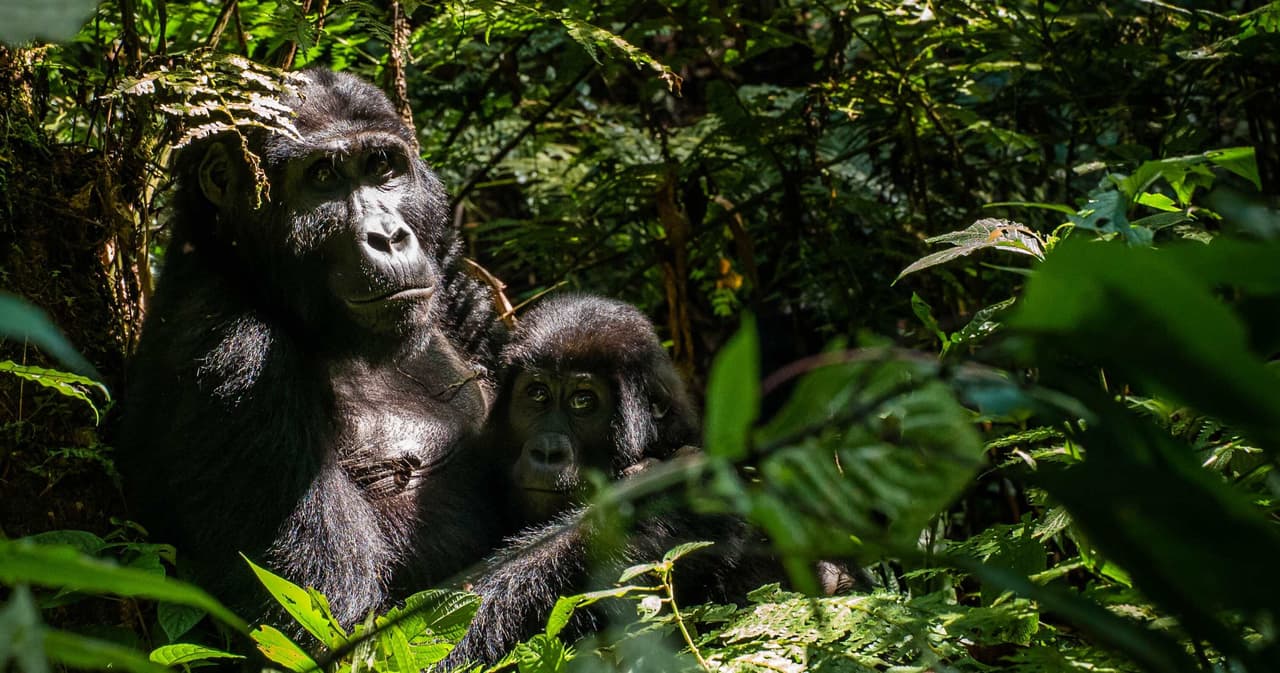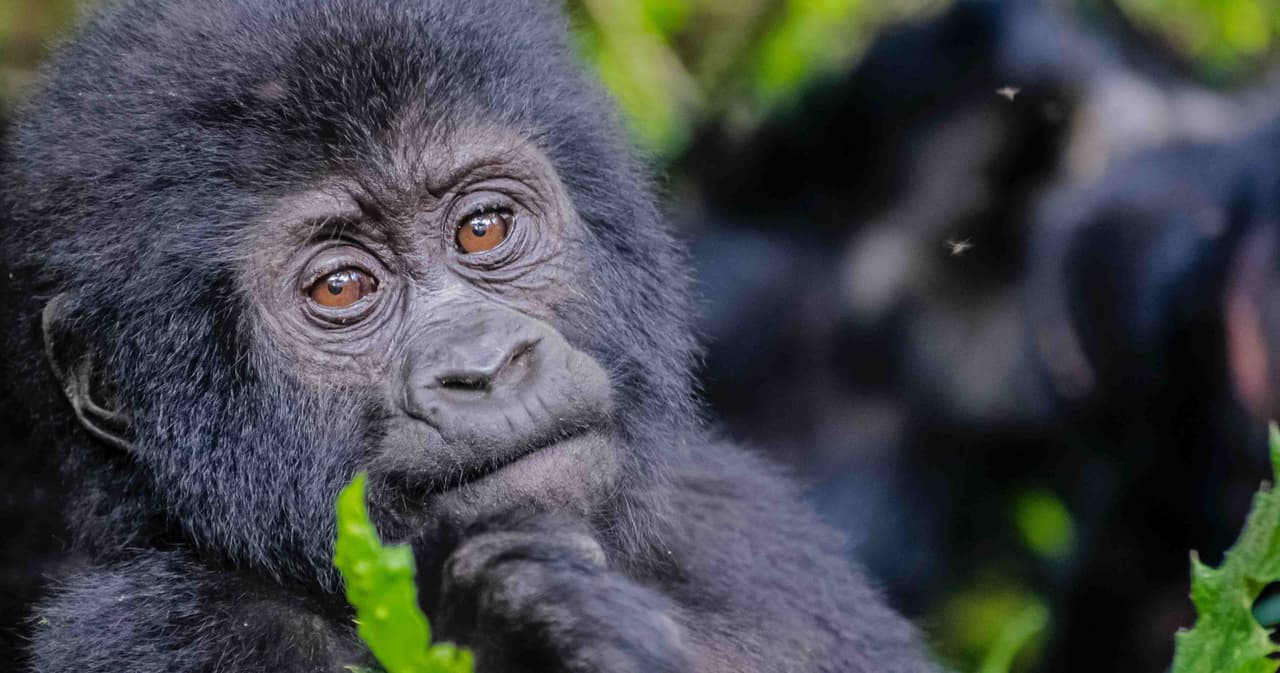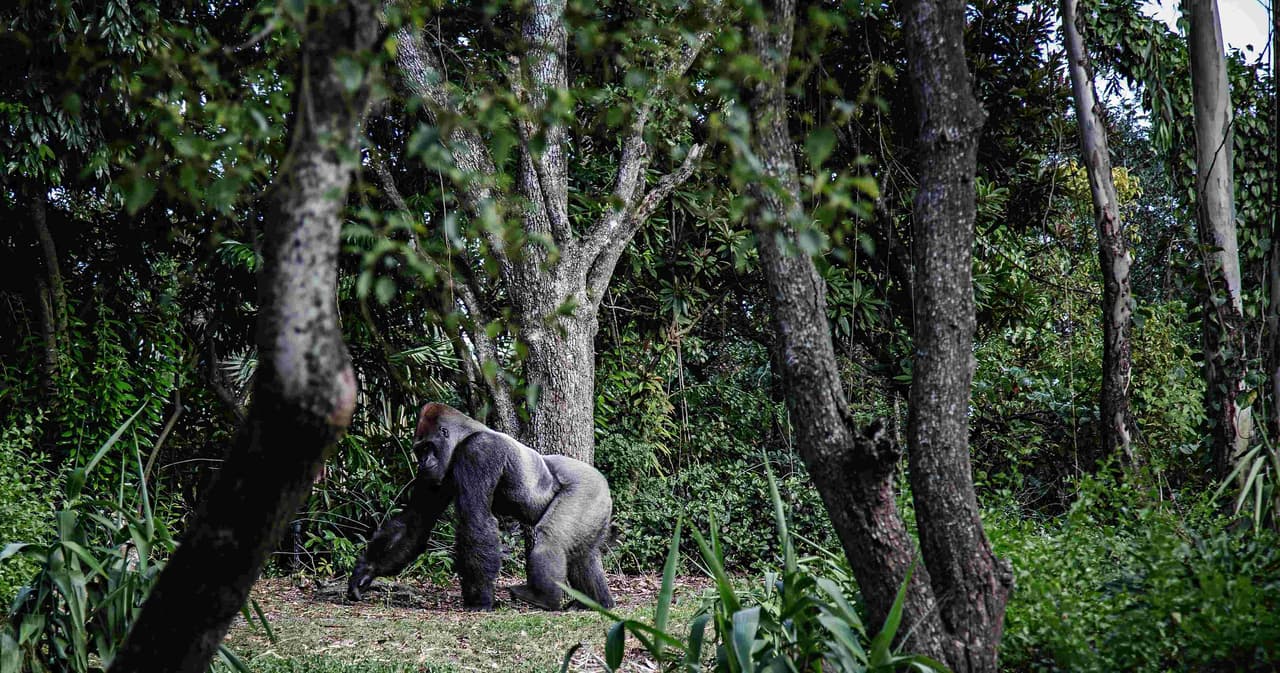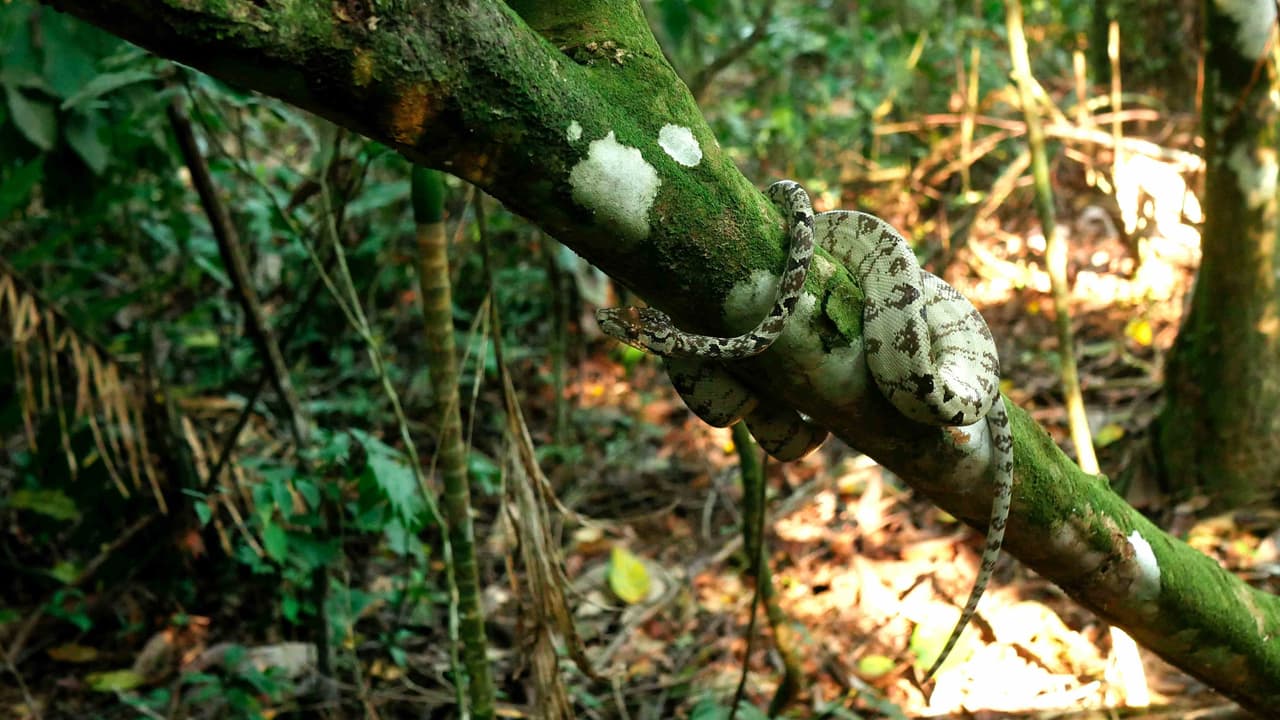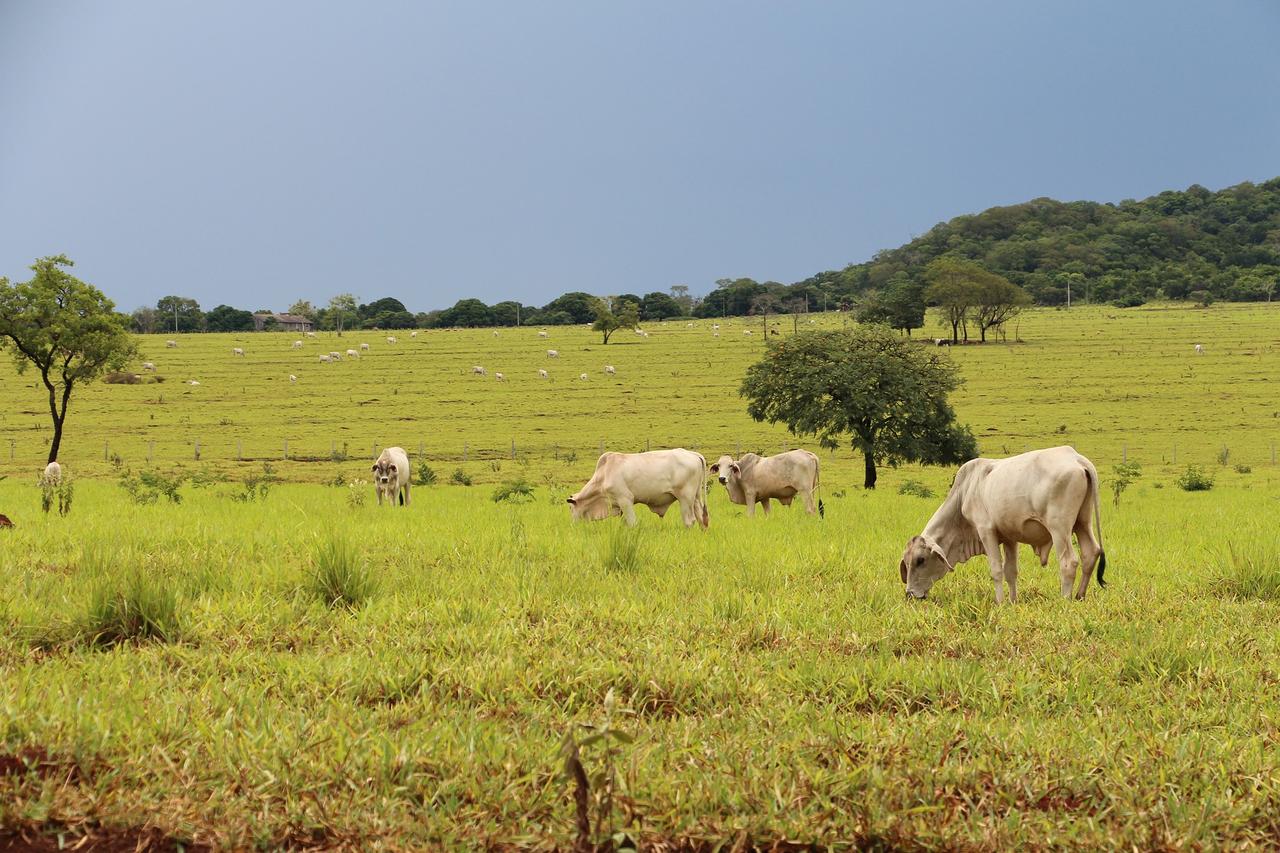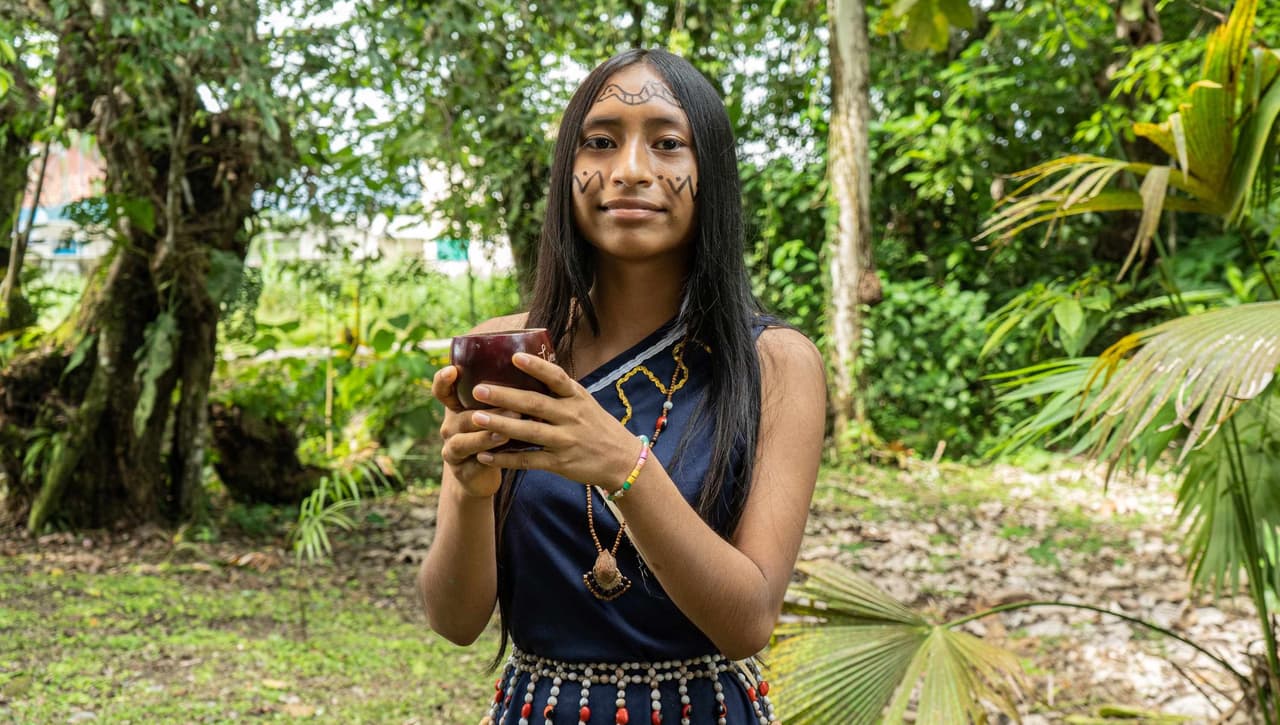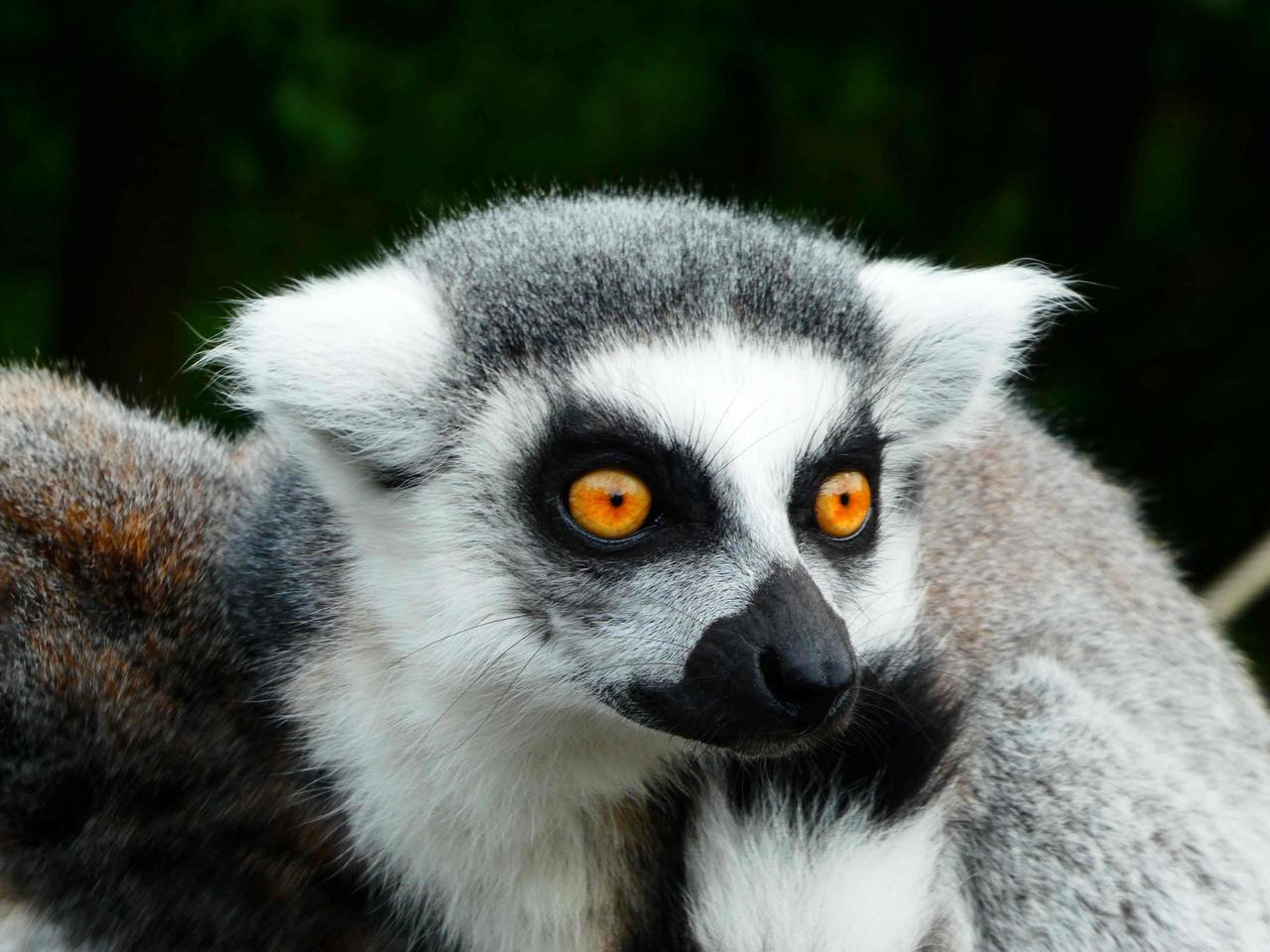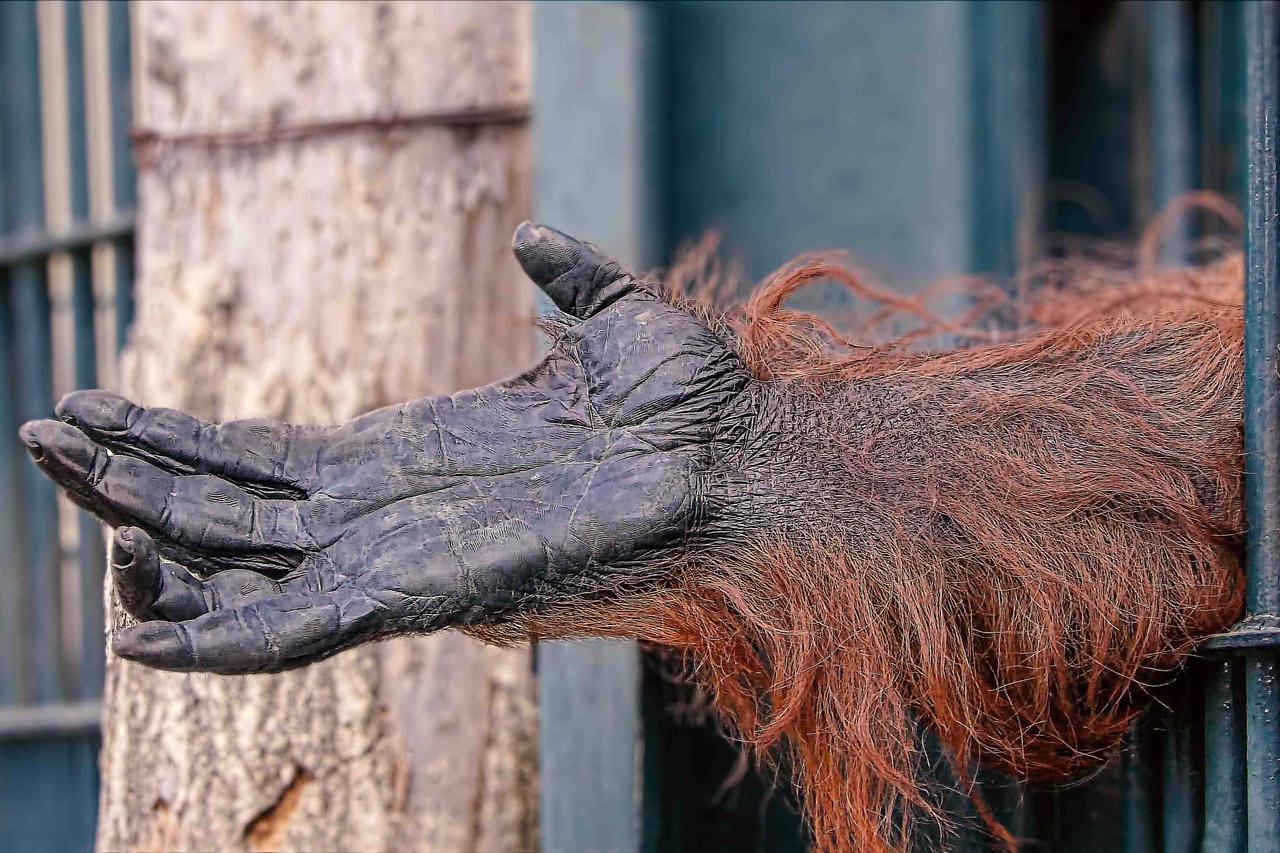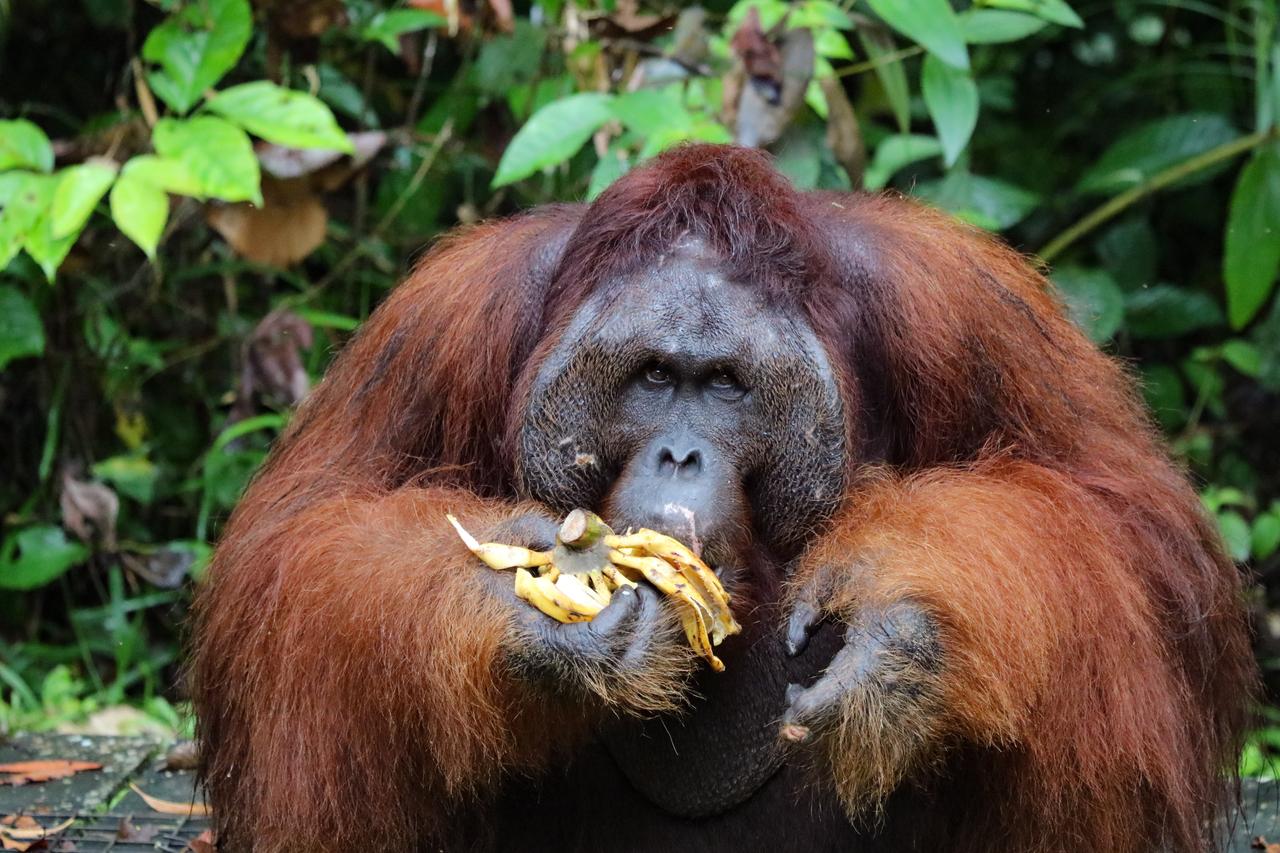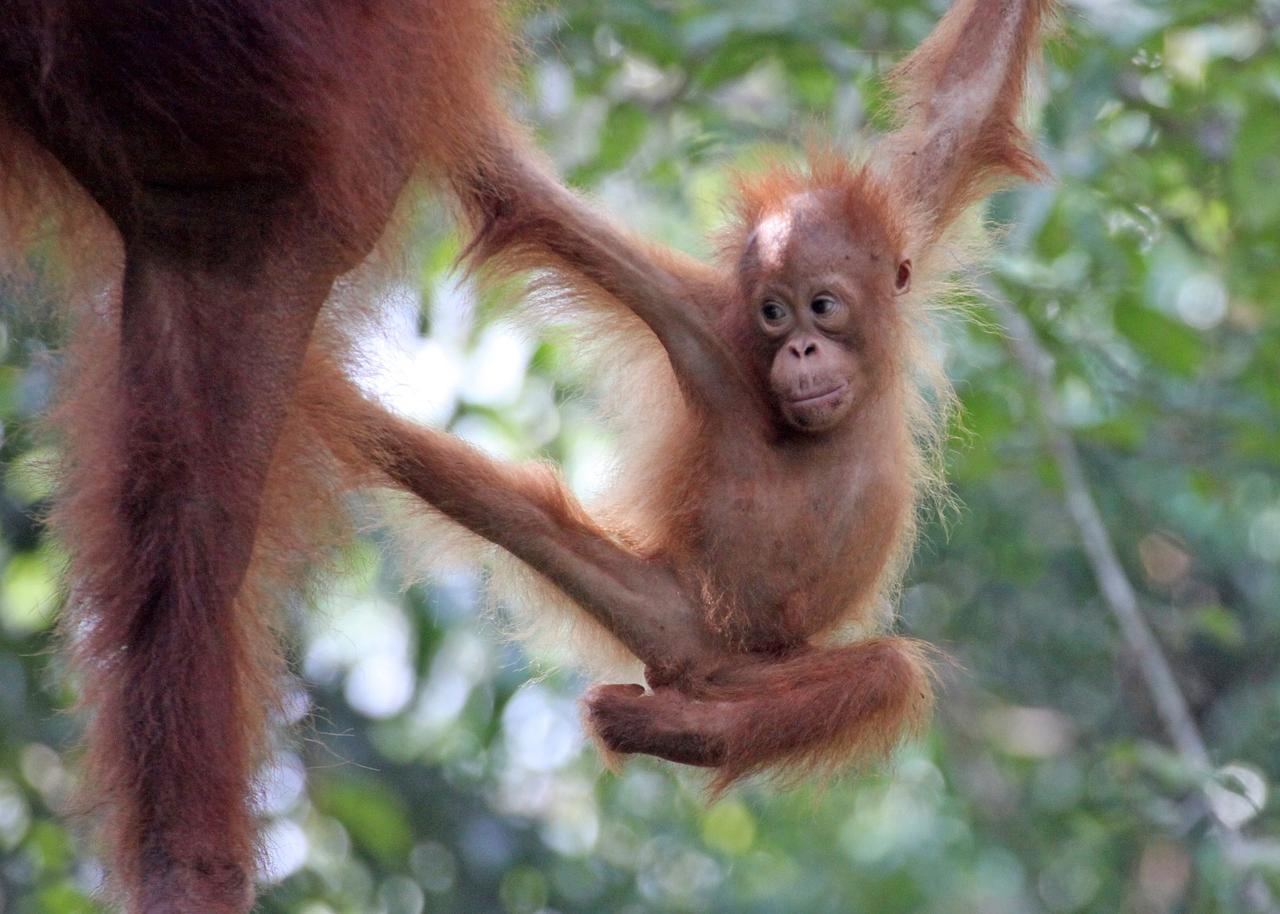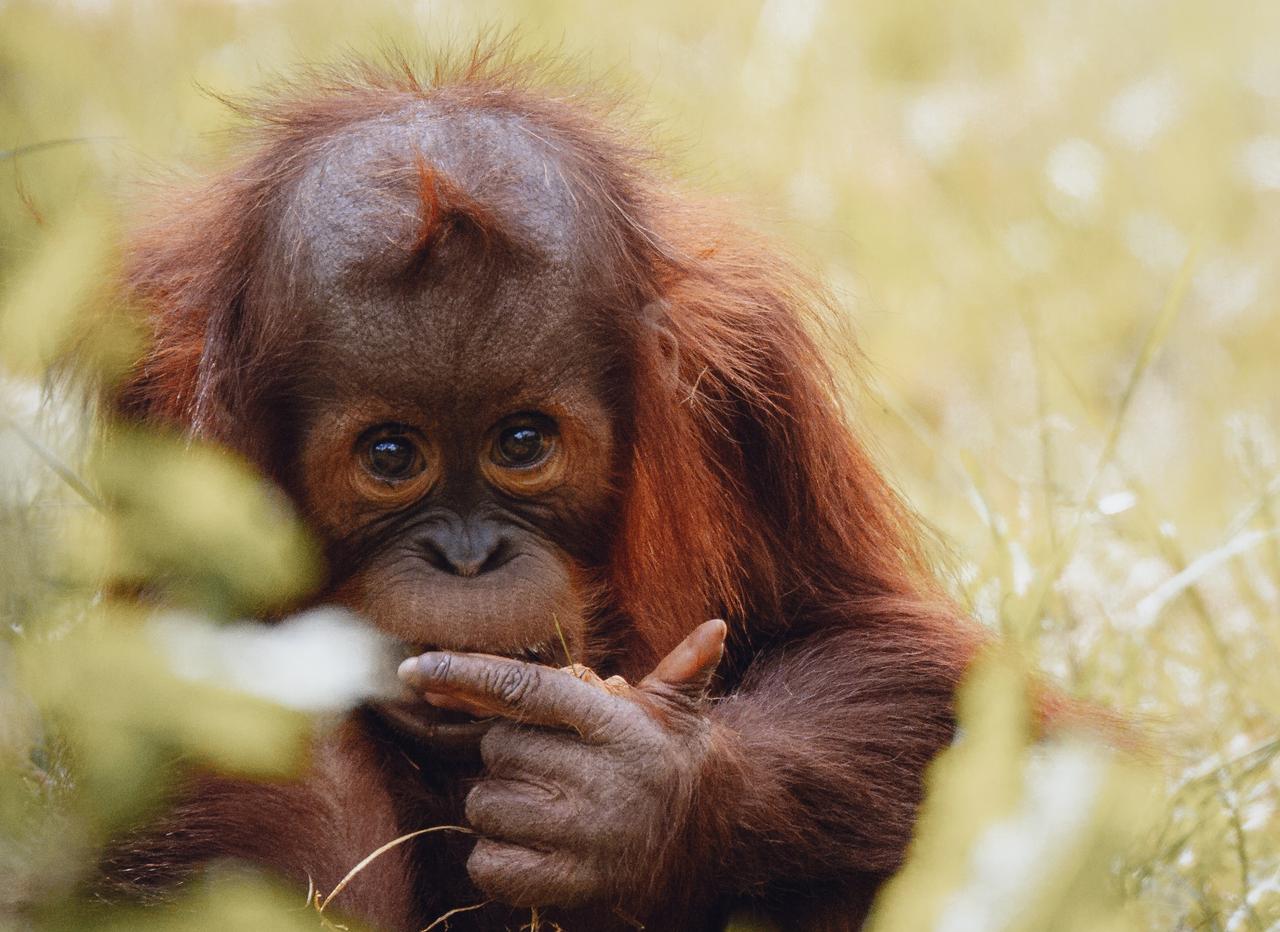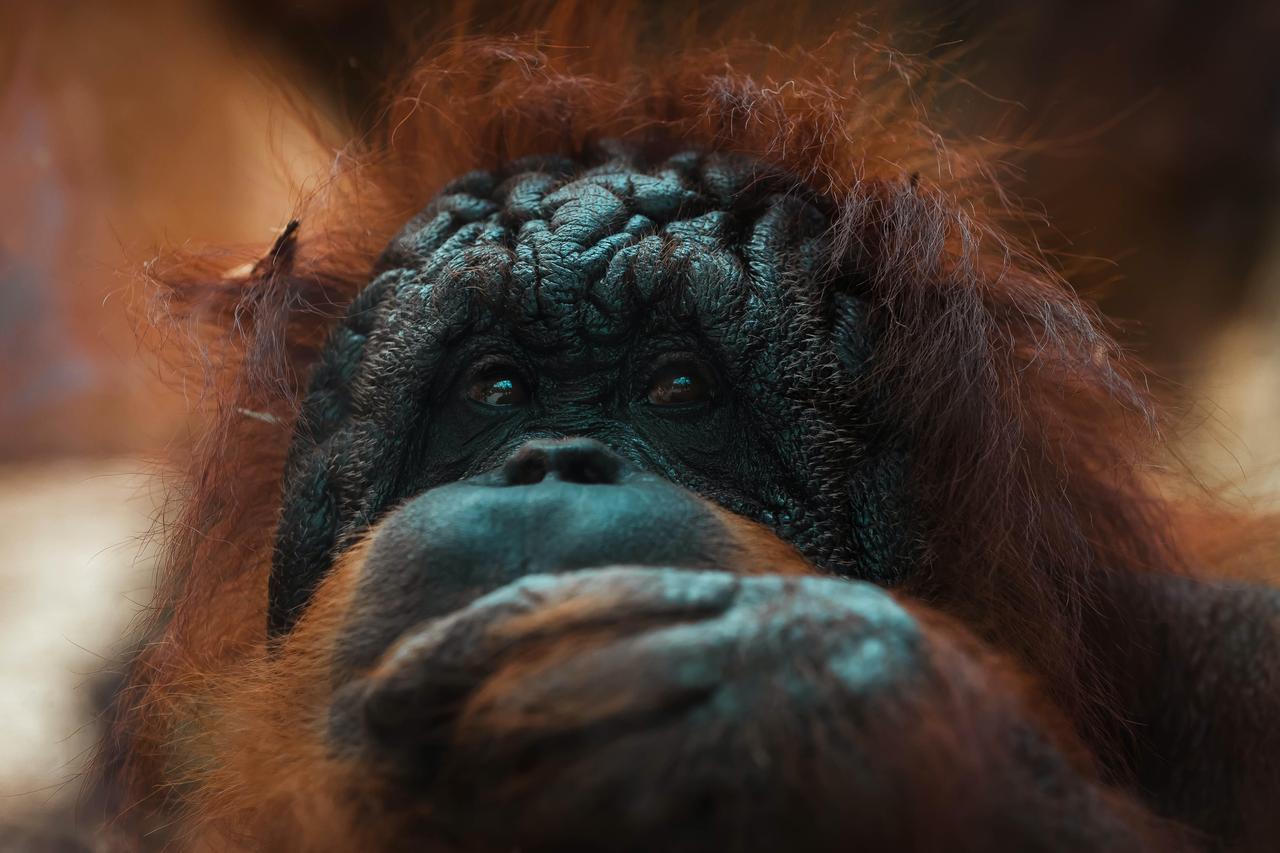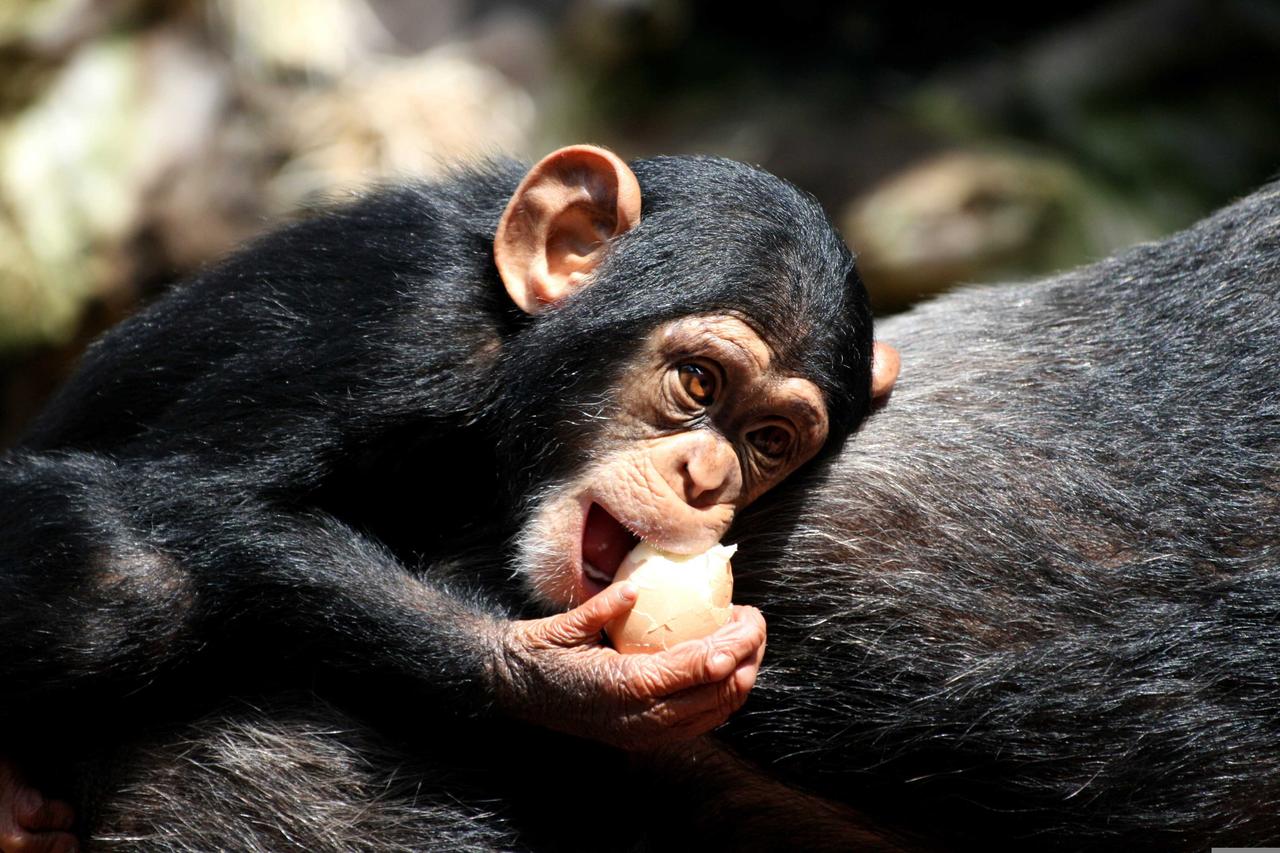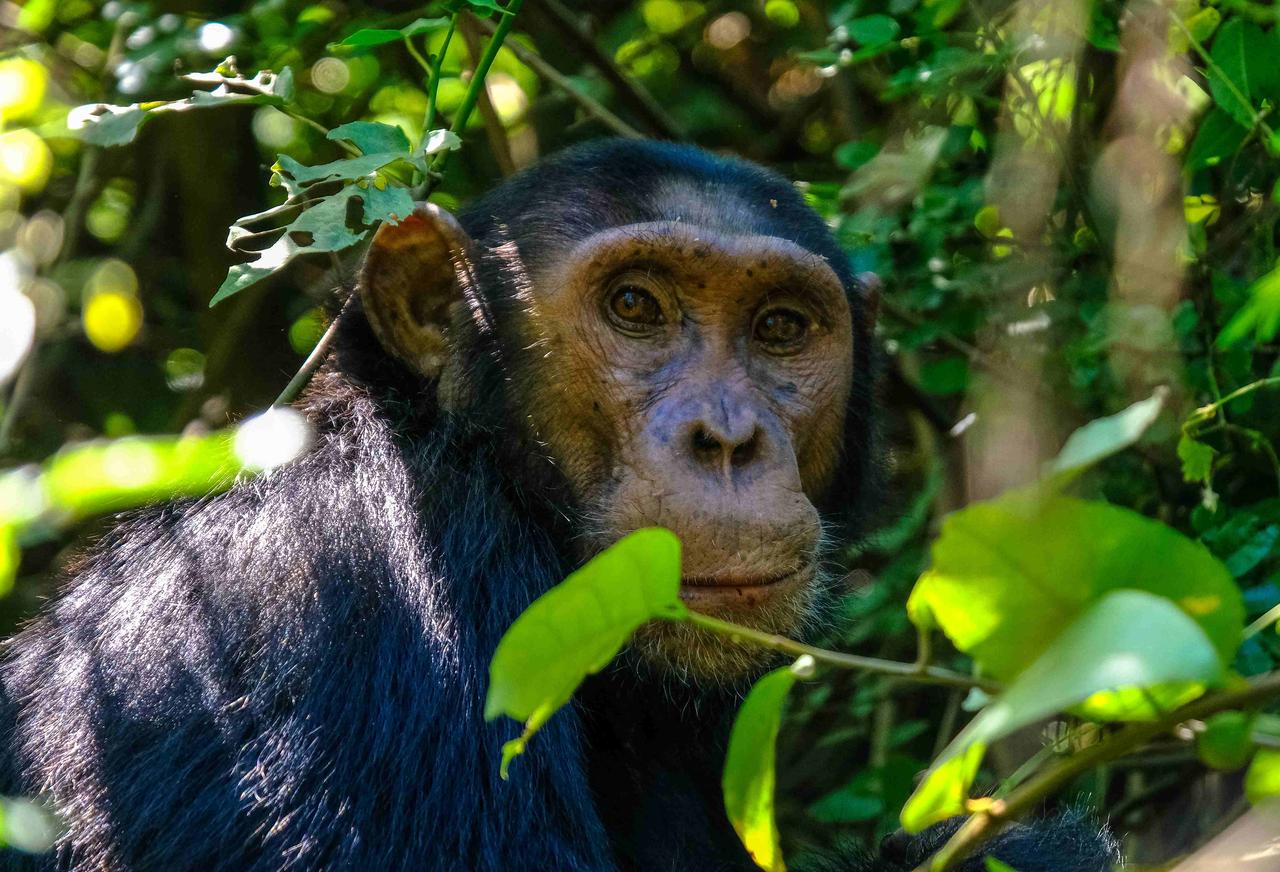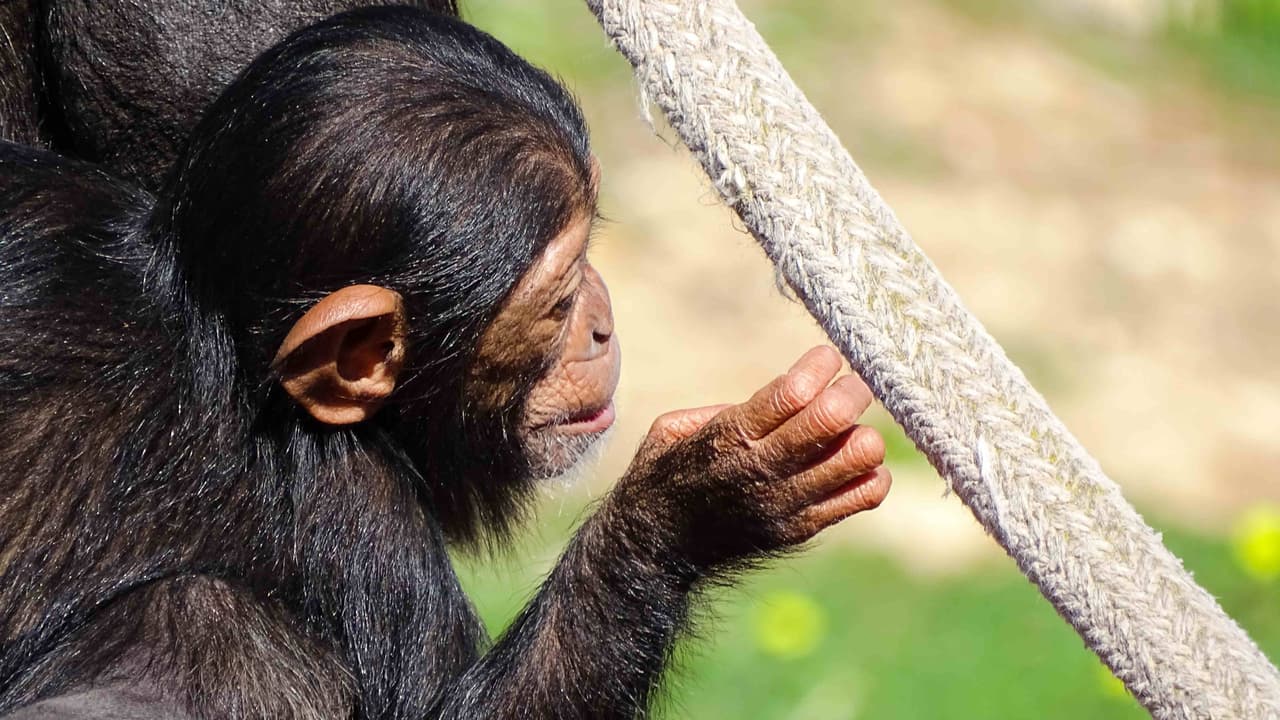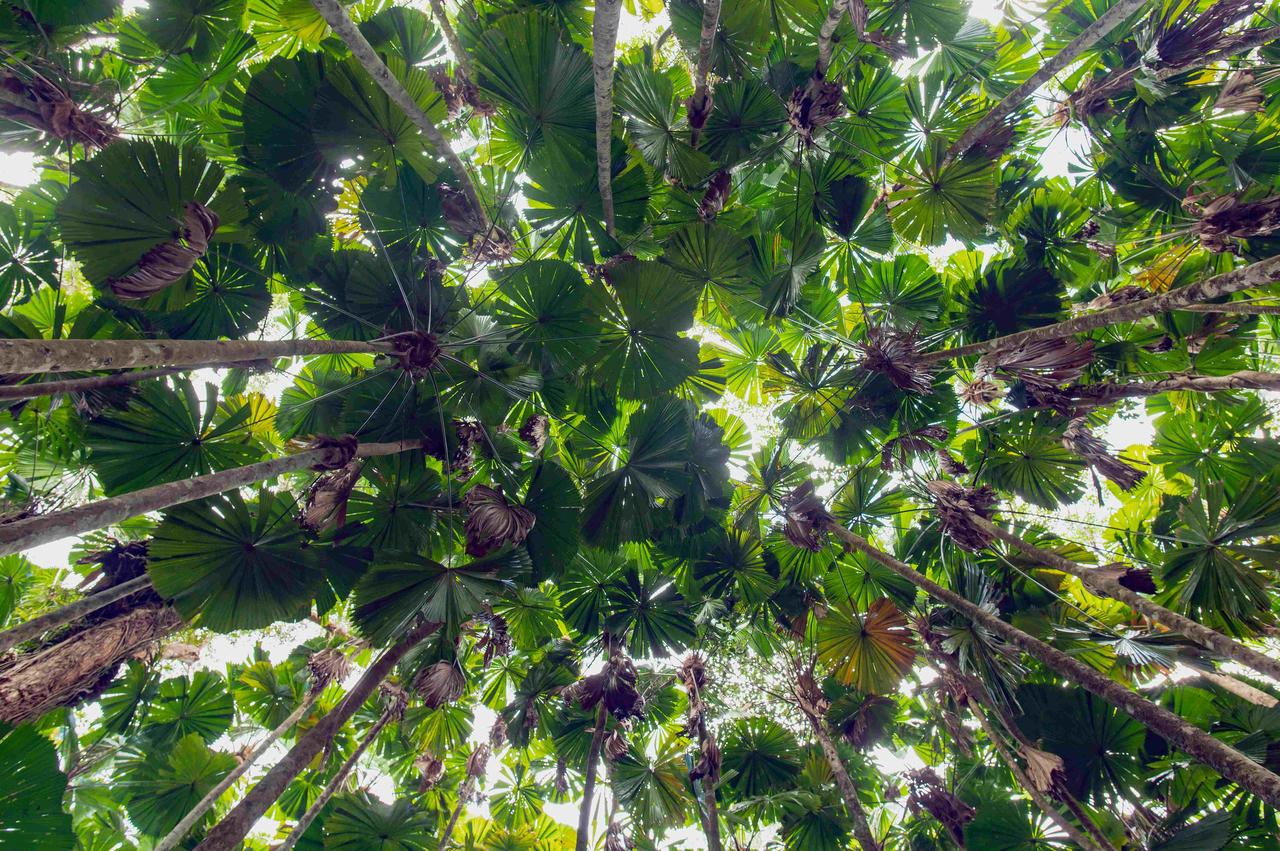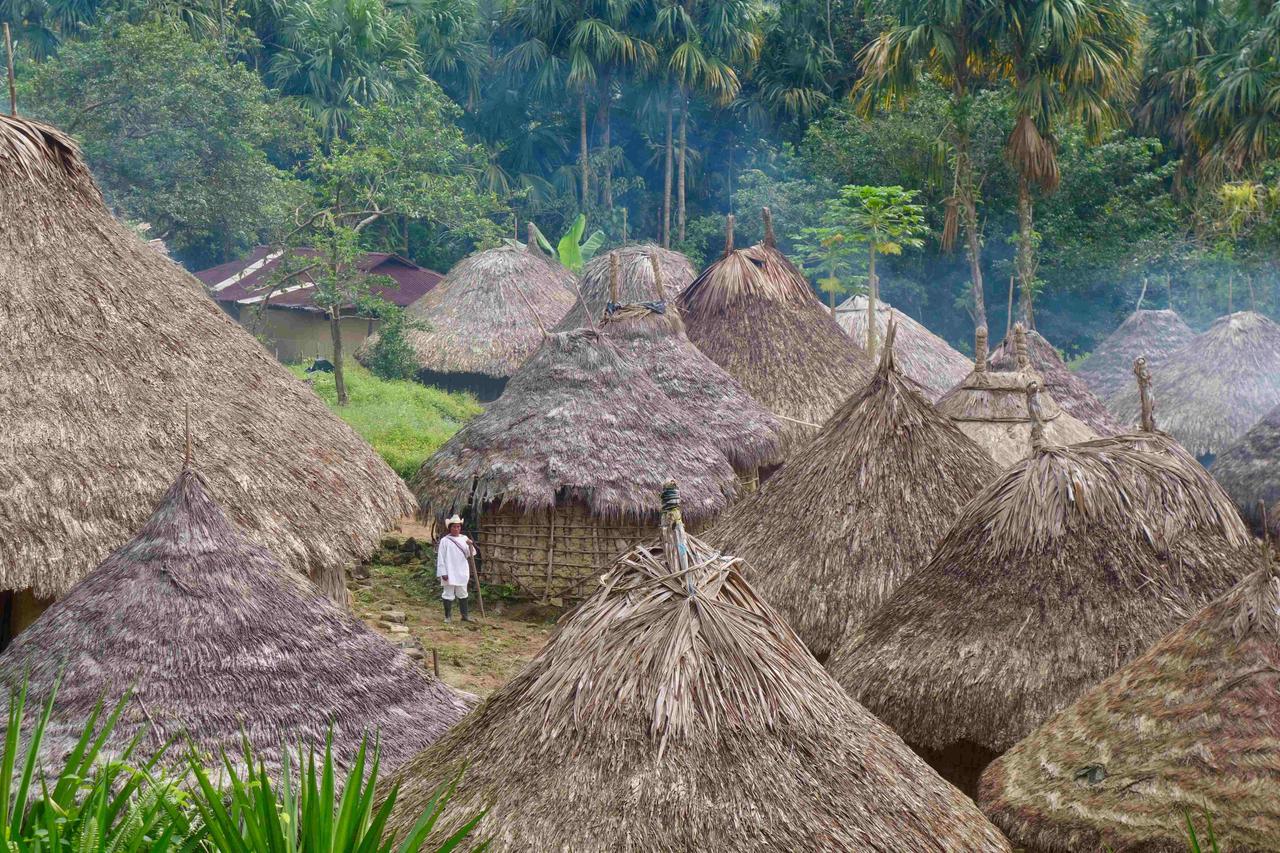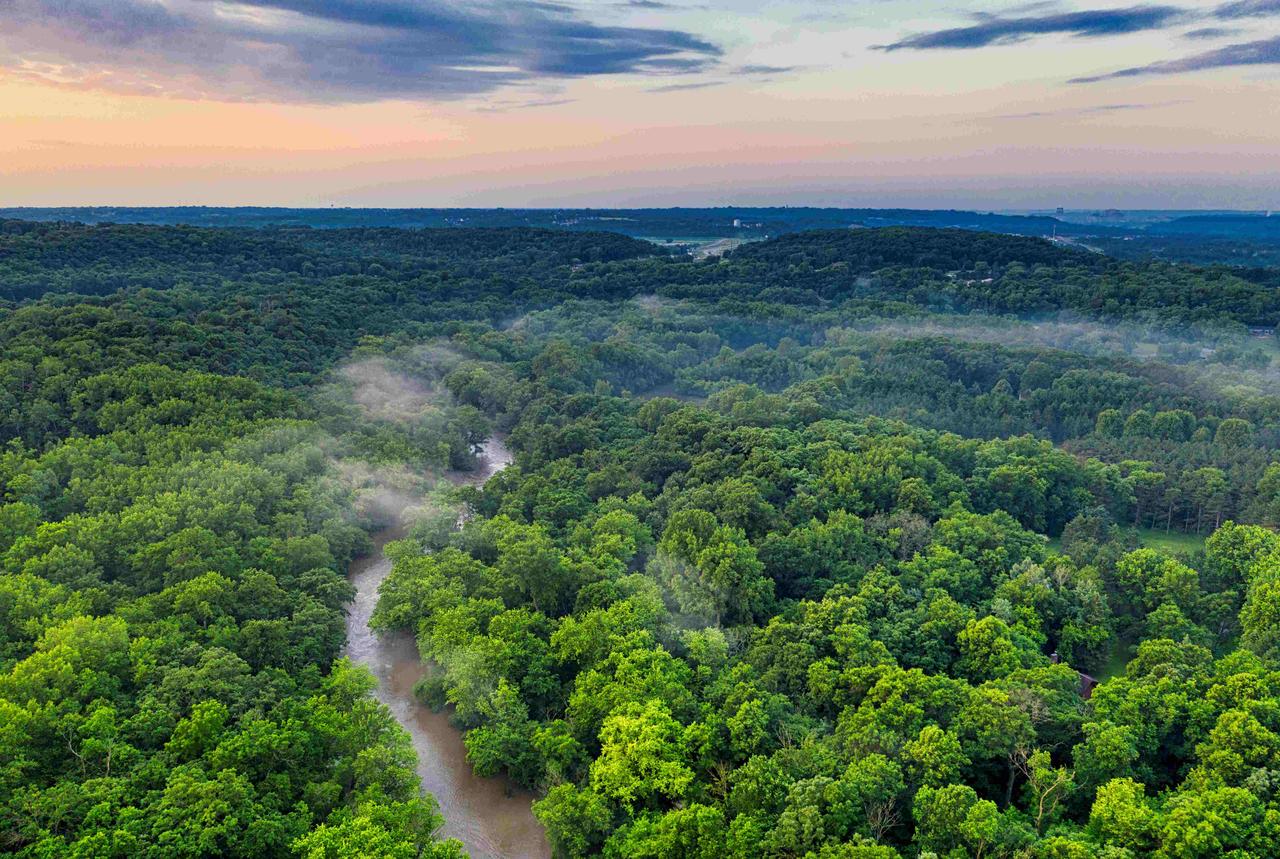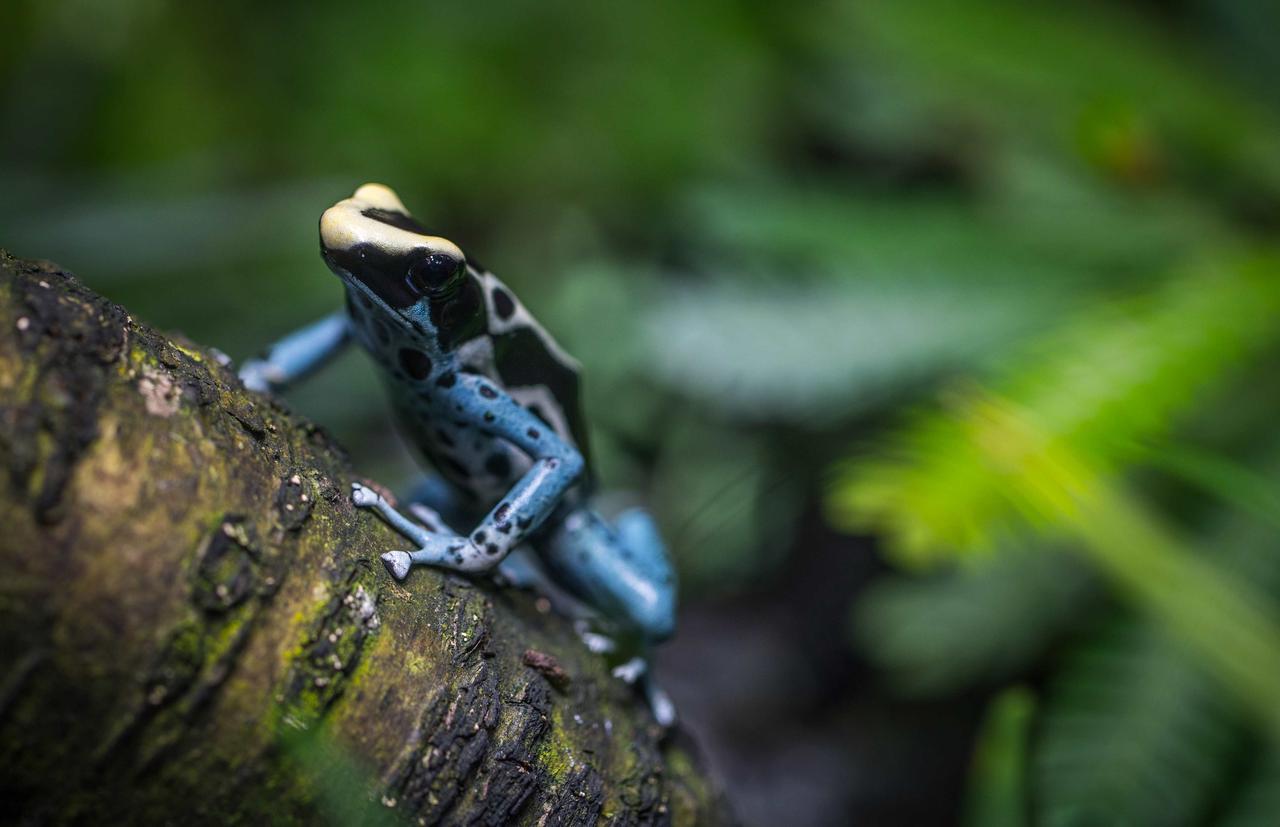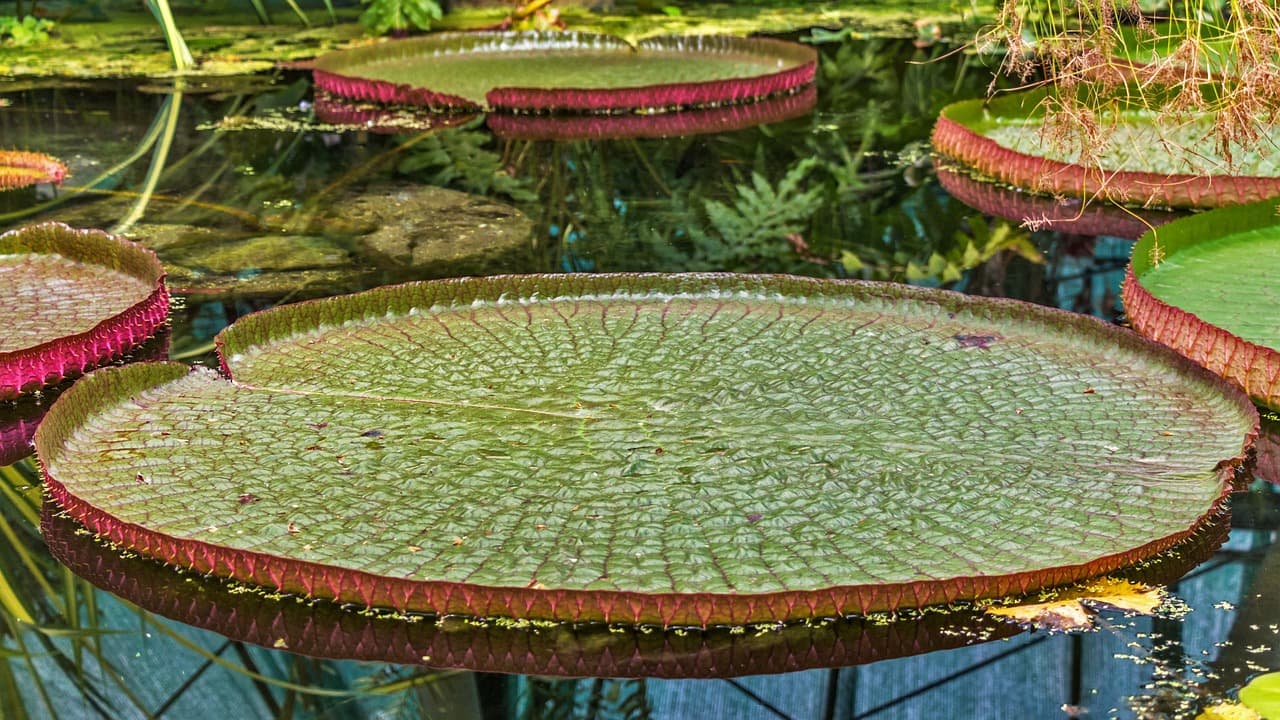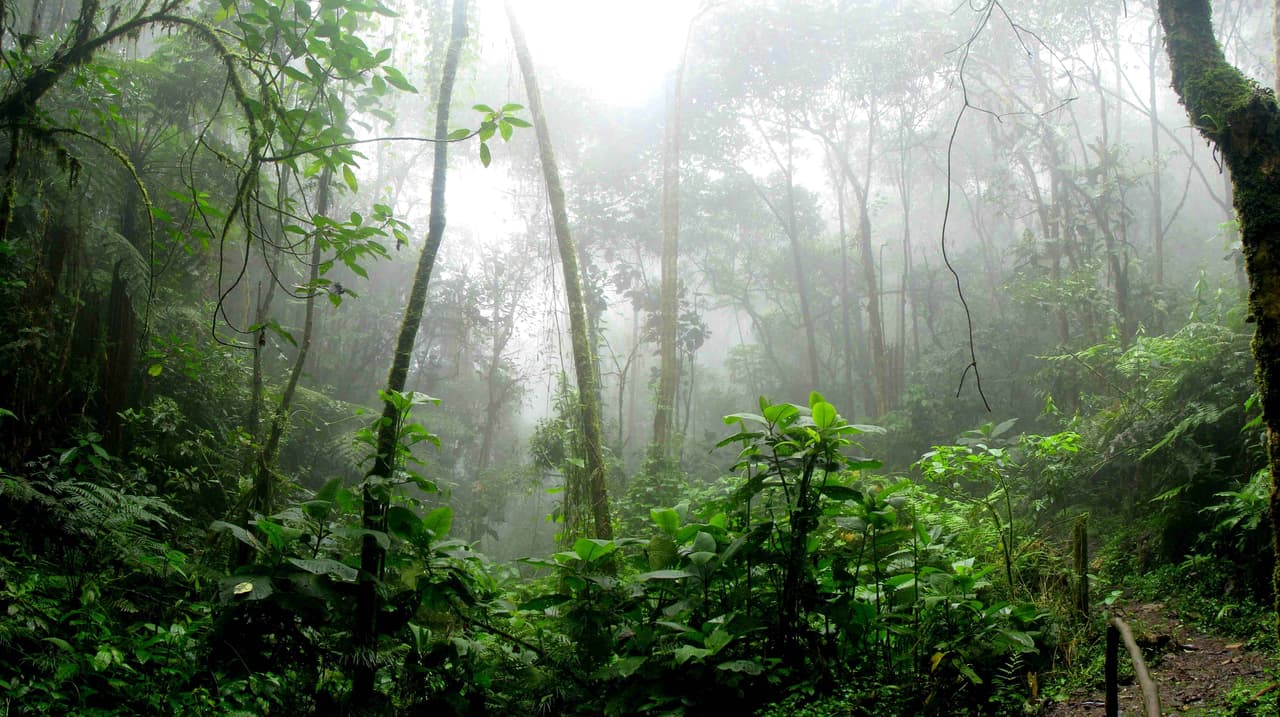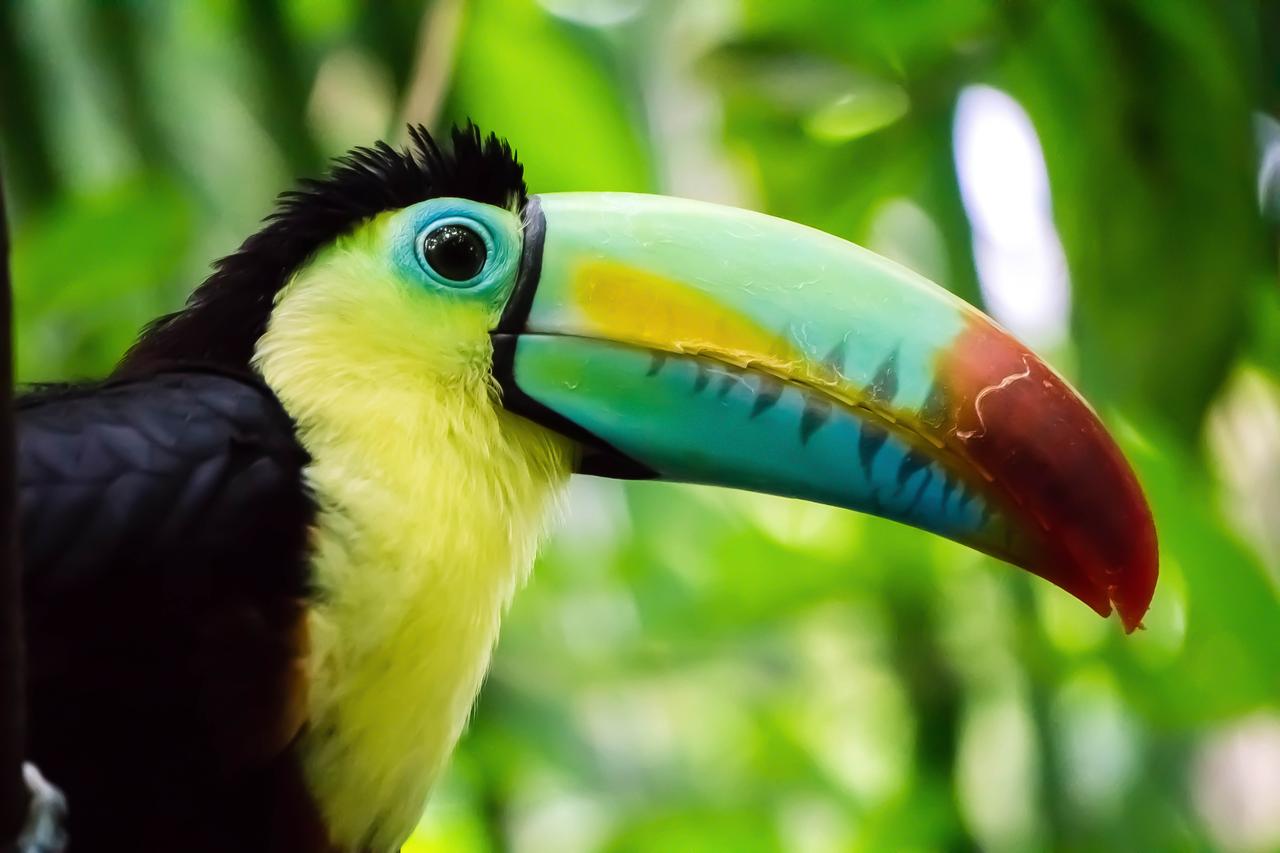
South America’s tropics boast an astounding 3,800 species of birds — half of which can be found in the Amazon RAINFOREST. These are a few of our favorites.
Welcome back, birders!
As part of our BIRDS OF PARADISE initiative, we are once again hopping out of the nest and flying into the RAINFOREST to spot all the wild, wonderful, and whimsically winged species that call these canopies home. Today is all about the world’s largest rainforest — the Amazon.
Toucans
Toucans (all 40 of them) have been seen by Indigenous as conduits between the living and spirt worlds. Their large, conspicuous orange-yellow bill makes them recognizable. But the exact purpose of their bill isn’t entirely known — it’s believed they are used in courtship, (a show of) self-defense, and feeding (helping them grasp hard-to-reach fruits), and temperature regulation.
They are some of the noisiest birds — sounding more like a frog’s croak than a bird’s chirp. These calls help signal to other toucans where good foraging sites are and distinguish between groups of other toucans. Three species of toucan are listed as endangered by IUCN, populations declining due to habitat loss and the pet trade.
Macaws
There are 17 known types of macaws — including the blue and yellow, scarlet, red and green— each with a uniquely colorful plumage that makes them well adapted to life in the rainforest. Macaws are members of the parrot family and can live up to 60 years. They are highly intelligent birds, capable of problem-solving, distinguishing colors and shapes, using tools, and possess high-levels of communication. Many have been seen feeding on clay licks, which is thought to help prevent them from being poisoned by the fruits and nuts they consume.
Their longevity and intelligence have made macaws popular in the illegal pet trades — thousands are trapped every year. Combined with habitat loss, some species of macaws face a high risk of extinction — including the red-fronted and blue-throated macaws.
Hoatzin
Blue head, red eyes, a golden head crest and about the size of a chicken — the hoatzin is one of the more gregarious birds of the Amazon. It dwells in the Amazon and Orinoco River basins, where it forages for leaves and swamp plants. Like a cow (in fact, it has sometimes been called a “flying-cow”), it has more than one stomach and is able to ferment vegetation. To help it balance while perched, the hoatzin has a rubbery callus on its breastbone. They are excellent swimmers, and they build their nests over water for safety.
Though they’ve been around for over 36 million years, loss of habitat may result in population declines for the Hoatzin — and the other 1,300 species that also call the Amazon home.
Let’s take RAINFOREST birds under our wing. Donate with VAKOVAKO.
